
Irishrailwayman
-
Posts
842 -
Joined
-
Last visited
-
Days Won
24
Content Type
Profiles
Forums
Resource Library
Events
Gallery
Blogs
Store
Community Map
Posts posted by Irishrailwayman
-
-
Thanks for that. I have to say John's work is pure art.
What I try to do for rolling stock is to select the best of whatever RTR or kits are available and knock them into better shape. No one element is perfect but I try to catch the overall sense of the scene. Many of the attached photos/models are fashioned with the scenes portrayed in the "Irish Railways in Colour" books in mind. As someone said, there is always more that can be done - I need to dull down and muddy the tyres of those road vehicles...
Also, there has been a lot of debate on which green is which for CIE. The reality is that no one knows for sure at this remove so I have tried to identify currently available shades that might be useful in modelling. The A Class is a Silver Fox RTR (I must check with John Hazleton what shade he uses). For the B101 (Studio Scale Models kit) I used Phoenix Paints P50 LNER Doncaster green. The wooden coach is the Murphy Models offering while the Laminate and Park Royal are from Irish Freight Models painted in Revell SM364 Leaf Green Silk which I think is fairly convincing. I have a Humbrol Beige Green Matt paint to hand which I think will pass as the Eau-de-nil or CIE green stripes.
John Hazelton at Silver Fox Models tells me that for the A Class depicted he used Railmatch BR Early Multiple Unit Green (Code RM307). He has since changed to a similar shade from Precision SR Pre-war Malachite Green (Code P77). These would be available in UK but regulations don't allow them to be posted from there.
-
".........Also, there has been a lot of debate on which green is which for CIE. The reality is that no one knows for sure at this remove........."
Thankfully, there are definitive examples available. The darker green - actual stuff - is on two of the coats of arms in "Headhunters" railway museum in Enniskillen; the DUTC one and the actual "Flying Snail" itself - the latter, of course, being an original also shows the correct shade for the "eau-de-nil" and the gold lining of same. On a larger scale, No. 800 in Cultra is painted using actual CIE paint in Inchicore - Cultra didn't paint it, they simply (incorrectly) added the "G S" letters.
The lighter green used after 1955 has been seen accurately portrayed in recent years on the RPSI's Dublin "Heritage" set, and on the TPO and G611 at Downpatrick. However, in the case of all of these vehicles, care should be exercised; all are badly faded now from when they were painted, and thus my not be taken any longer as good examples. But they certainly show accurately enough what this colour was like when very badly faded and weathered.
Another thing I notice on that layout, and which is surprisingly rarely modelled - the cattle bank - an absolutely essential part of I am sure 95% of Irish railway stations. Yet again, very well done!
Good to note these prototypes. The question for modellers remains: which paint type currently available most closely matches these originals in 4mm? Perhaps others have identified sources other than those mentioned by me...
John tells me that the bank was originally set up with fences etc for marshalling cattle but later on was used as a means of loading sugar beet from road trucks onto railway wagons.
-
Now that's what a railway SHOULD look like! Ye can keep your railcars!
Good to see accurate rendition of both the earlier dark green and the later lighter green, especially the darker on the A; only a very few got this treatment, the vast bulk of them being the lighter green like B101. (I believe A46 was the first dark green A, and there were only 2 or 3 others in dark green; maybe they found old paint, because when any "A"'s were repainted from initial silver, the dark green livery was by now only used on buses - anything green on the railway was the lighter colour).
Also, a very typical feature of the period which I don't think I've seen on a model before is the older wooden coach in the pre-1955 dark green with full light green lining, along with newer carriages in the post-1955 mid green with simplified light green lining.
It's easy to see how "odd", and "foreign" the new 121s seemed in that setting.
cattle trucks everywhere - absolutely standard in those days, and almost obligatory for a late 50s / early 60s CIE layout - as are "C" class locos.
Excellent work.
Thanks for that. I have to say John's work is pure art.
What I try to do for rolling stock is to select the best of whatever RTR or kits are available and knock them into better shape. No one element is perfect but I try to catch the overall sense of the scene. Many of the attached photos/models are fashioned with the scenes portrayed in the "Irish Railways in Colour" books in mind. As someone said, there is always more that can be done - I need to dull down and muddy the tyres of those road vehicles...
Also, there has been a lot of debate on which green is which for CIE. The reality is that no one knows for sure at this remove so I have tried to identify currently available shades that might be useful in modelling. The A Class is a Silver Fox RTR (I must check with John Hazleton what shade he uses). For the B101 (Studio Scale Models kit) I used Phoenix Paints P50 LNER Doncaster green. The wooden coach is the Murphy Models offering while the Laminate and Park Royal are from Irish Freight Models painted in Revell SM364 Leaf Green Silk which I think is fairly convincing. I have a Humbrol Beige Green Matt paint to hand which I think will pass as the Eau-de-nil or CIE green stripes.
-
Advance notice of this event which will be held Easter Sunday (27th March) and Easter Monday (28th March) at St Joseph's Community Centre, Wexford Town between 12 noon and 5 pm each day. The exhibition is being hosted this year jointly between the Wexford Model Railway Club and St Joseph's Community Centre. Many model railway layouts will be on display along with model boats, aircraft, hobbies etc.
A full list of exhibits will be posted here in time but already booked are Macmine Junction (first public exhibition), Rathmichael, Ballybeg (all OO Irish layouts) and more.
-
I really like the portrayal of the cows in their field. Are they small, or far away....?
John Walker tells me that the black and white cattle I have being unloaded did not appear on Irish farms until much later. Seemingly, all cattle back then were either black with some white faces or red in colour. Out with my black matt paint to change those cattle...
-
-
In the 1960's a fleet of new diesel locomotives sweep all steam engines off the railways in Ireland. Here at Macmine Junction the variety of goods being carried is reducing. B101 in green livery has charge of the Waterford goods while C230 in silver livery shunts the yard where cattle are being unloaded. Meanwhile, A20 in green livery has charge of the Wexford afternoon passenger train. B121in grey/yellow livery waits on the turntable in case it is needed...
-
No. It's not Carlow. This is the older Grey Building. Single story
Bachmann no. 44-252
Is this not Clonmel station?
-
Many thanks for the information, the detailing on them makes the difference, well done.
The card kits are really easy to make: just cut out the printed parts on the cards provided, use card glue to mount them on spare backing card (most fine art stores will supply off-cuts at low cost), glue sections together and mount onto a suitable chassis. A matt or satin varnish will preserve the model. It is surprising how strong the card models are and durable (I made some of mine over 10 years ago). One word of warning: the colours will fade if the model is left in strong sunlight!
Card kits are a great way to get low cost models of Irish prototypes which are unlikely to ever be available commercially and Alphagraphix have a big selection in both 4mm and 7mm.
-
A very nice layout. Well done to the team. Scenic work is top class. What are the dimensions of the layout?
Thanks Noel,
The scenic part of the layout is in three sections each 4 foot by 2 feet giving a 12 foot total length. A separate loop around fiddle yard at the back is in development although the fiddle yard used with Rathmichael will work also for Macmine Junction.
-
That is absolutely top class - very atmospheric! Well done to all. Hope to see it some time!
Everyone is invited to the Wexford Model Railway Club/St Joseph's Community Centre Easter Exhibition (27th & 28th March) to view model railway (and other hobby exhibits) including Macmine Junction, Rathmichael (again by John Walker & co), Joseph's Bridge (John again), Ballybeg (moi) etc. Full details will be posted shortly in the Whats On section of IRM!
-
Just beautiful and highly evocative!
What turntable is that? Is that bridge scratch built? Stunning!
To John Walker's eternal credit, every item on the actual layout, including the painted backscene, is scratch-built! The rolling stock shown above is from my collection built over many years for Ballybeg (some detailed rtr or kit built).
-
What a delightful layout that captures the era perfectly. At a quick glance the rolling stock jumps out at me, especially the Rank wagons, (in Red & Grey livery) and the Horsebox. Could you provide some information on how they were built please?
The Ranks Ireland wagons are card kits from Alphagraphix (CC471) with spare detailing from Presflo kits on Peco Wonderful Wagon chassis; the horsebox (with groom's accommodation and dog box) is another card kit from Alphagraphix (CC468) again on Peco chassis (includes sprung buffers and axle boxes)...
-
That looks amazing:) what sort of locos have you got there. I see woolies, but I saw an 0-6-0 and maybe even a 4-4-0. I will follow this layout with interest..
The three Moguls are the Murphy Models products extensively detailed while the CIE Class J5 0-6-0 No 625 is an adapted Hornby BR Fowler Class 4F and the CIE Class D2 4-4-0 No 327 is an adapted Hornby BR Class 2P.
-
-
-
Wexford Model Railway Club are pleased to introduce their latest OO club layout: Macmine Junction. The layout was developed primarily by John Walker who has produced many scratch-built Irish OO layouts over the years including Ballinagee, Ballyconbeg, Rathmichael and many more. John was ably assisted by club members David Bryan, Gareth Lloyd and others. Macmine Junction will make its public exhibition debut at the Easter Exhibition at St Joseph's Community Centre, Wexford Town (27th and 28th March 2016).
The prototype junction was in Co Wexford between Wexford Town and Enniscorthy. It provided a link between the Dublin-Wexford line and New Ross/Waterford and Kilkenny/Carlow via Palace East. It was a remote site with no adjacent village and was situated directly beside the Slaney river. The buildings were typically sparce design however the rail set-up was elaborate with no less than 10 turn-outs (points) enabling run-arounds and passing trains to swap passengers. A small goods facility was also provided. The junction was closed in the early 1960s and almost nothing remains bar the single line running to Wexford from Enniscorthy.
The following photos show how well the scene has been captured by the model. I include some with no rolling stock to show the overall layout. Also included are shots of the layout with some steam era rolling stock borrowed from Ballybeg.
-
Looks great! But I don't think they had red bufferbeams in the grey livery. I might be wrong.
A number were indeed given a red buffer-beam e.g. page 42 of "Irish Railways in Colour - A second glance" has a photo of one pulling cattle wagons into Mullingar on the Athlone line...
-
-
VERY nice!
Thanks but I think the MM offering will be waaay better!
-
Sweeeeeet!! And you've decalled all the window stickers as well. Your patience knows no bounds. Looks loverly.
Also, the silver window surrounds were supplied by you!
-
Also how would I buils the arches in the walls ,card?[ATTACH=CONFIG]22269[/ATTACH]
Metcalfe do card kits which can be bashed into all shapes. Alternatively, Ratio do plastic kits as well as "builders packs" including arches, windows, wall/ground sheets, gutters to aid the scratch builder...
-
Sweeeeeet!! And you've decalled all the window stickers as well. Your patience knows no bounds. Looks loverly.
Thanks Weshty, where would we be without your transfers!
-
Passengers on Shunters Yard are also catered for by a GWR Railcar (Lima) purchased second-hand at SDMRC show in October. The model was cleaned up, converted to DCC with internal lights, passengers and drivers added and given a lick of satin varnish to emphasise the chocolate and cream livery. Here are a couple of shots of the results posing again on Ballybeg. Also include is comparative shot of a GWR Railcar in N gauge kindly given to me as a present which requires a new power chassis before being pressed into service on Llangollen in N...
-
 1
1
-
.png.c363cdf5c3fb7955cd92a55eb6dbbae0.png)

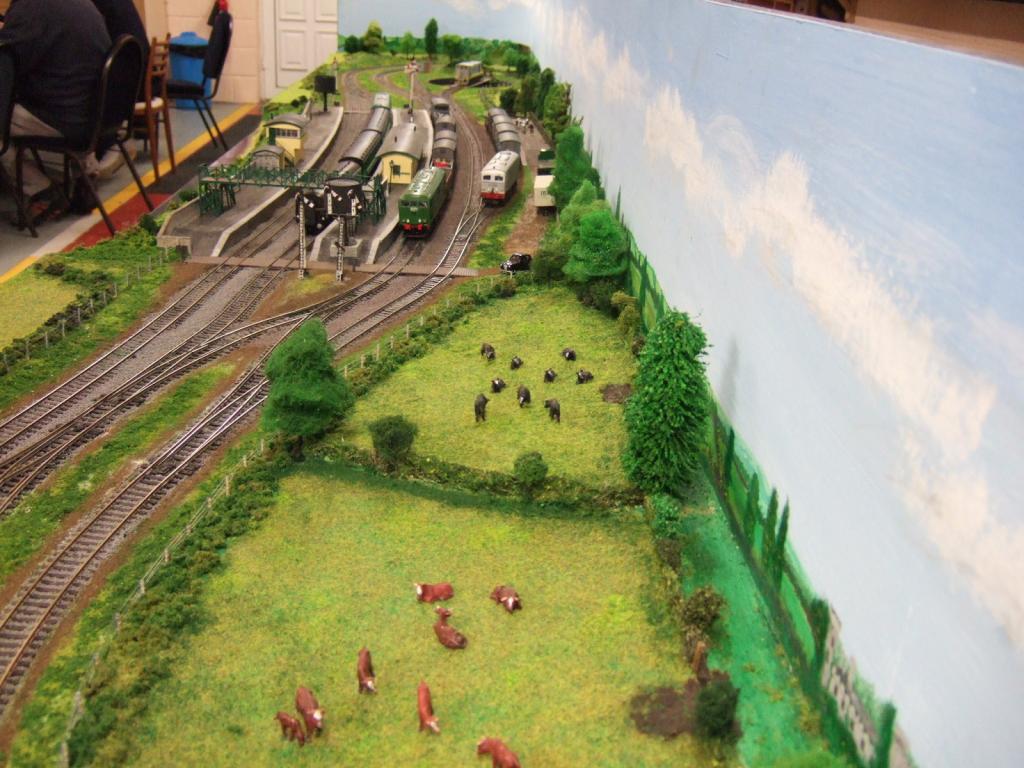
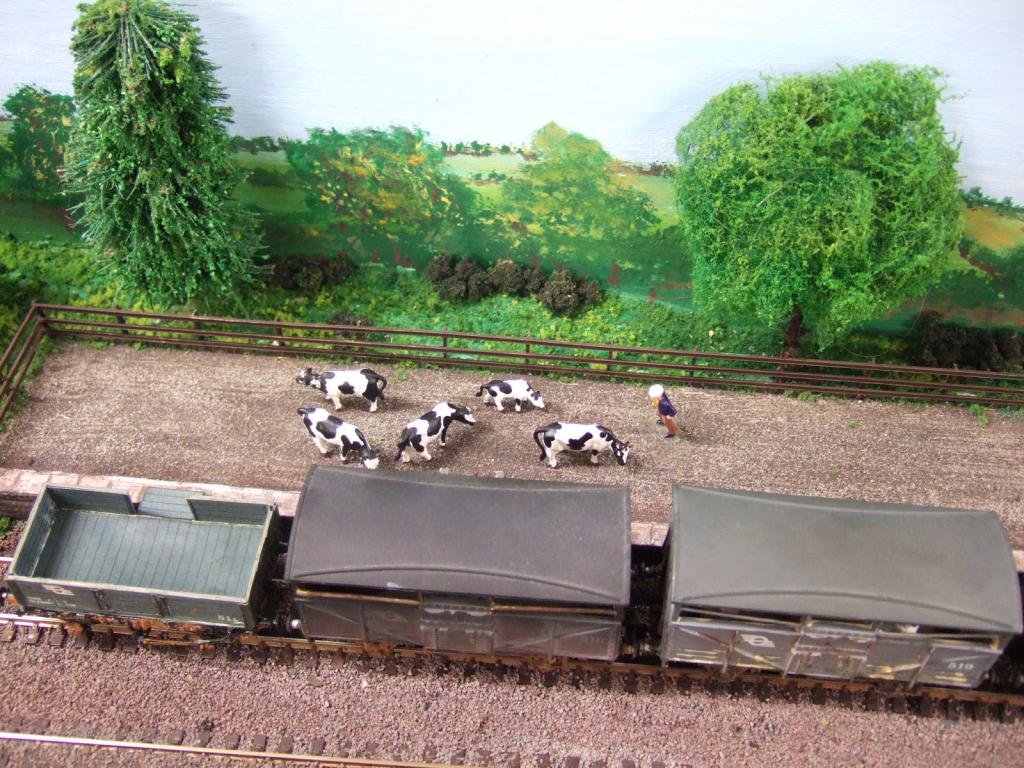
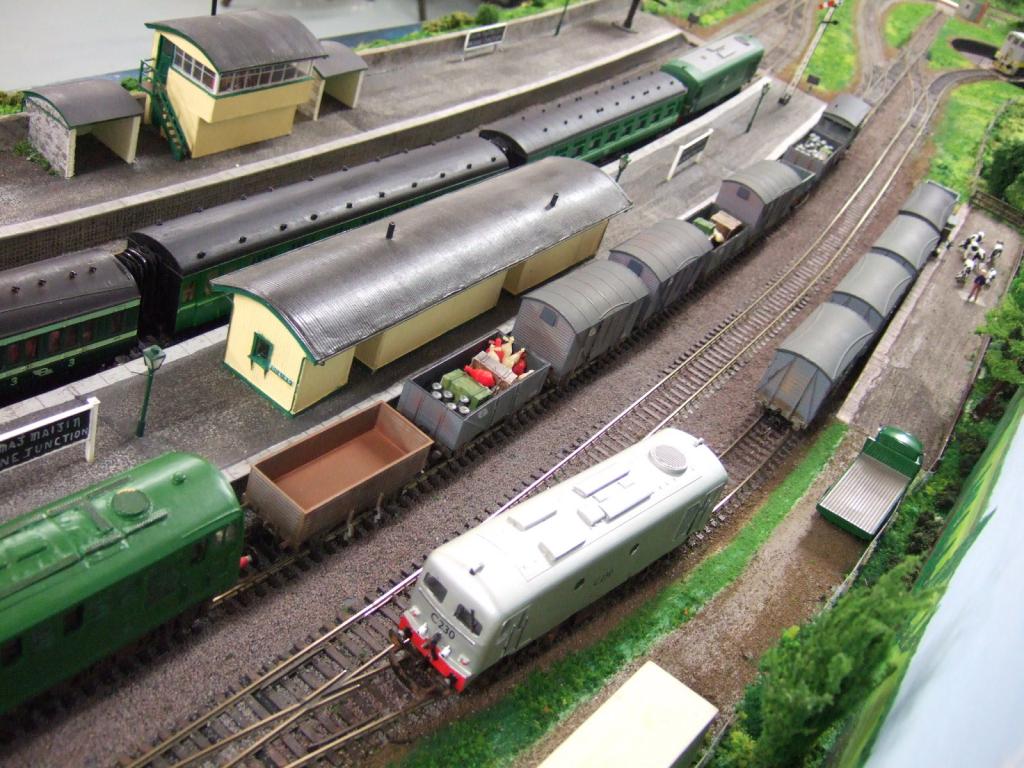

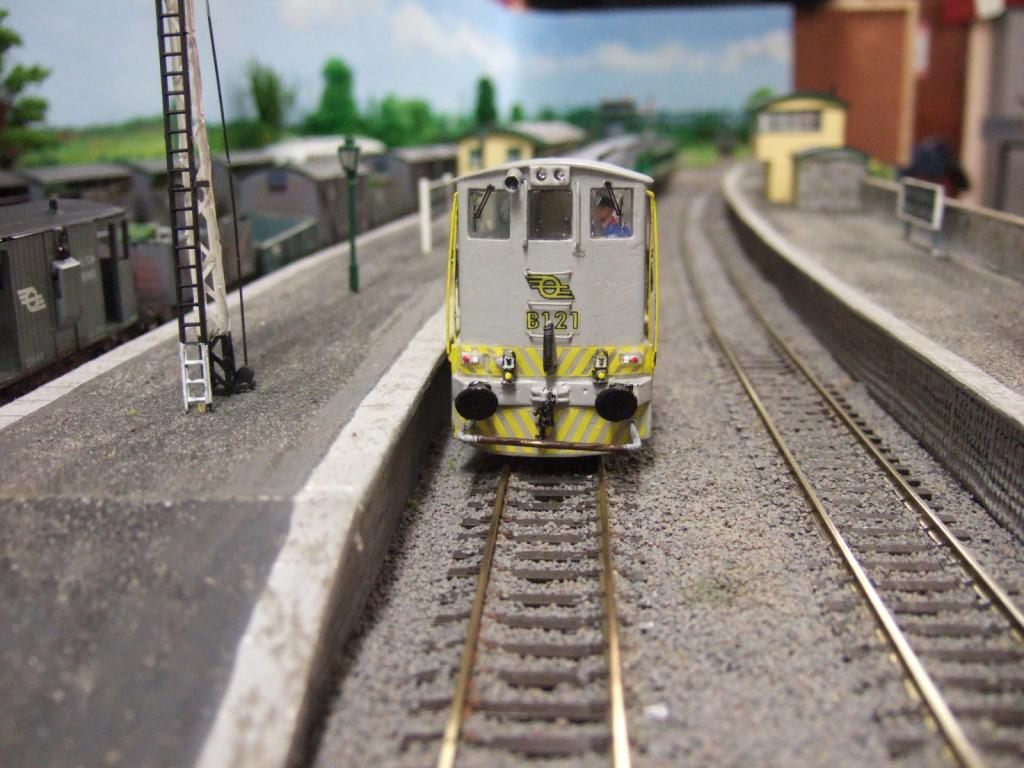
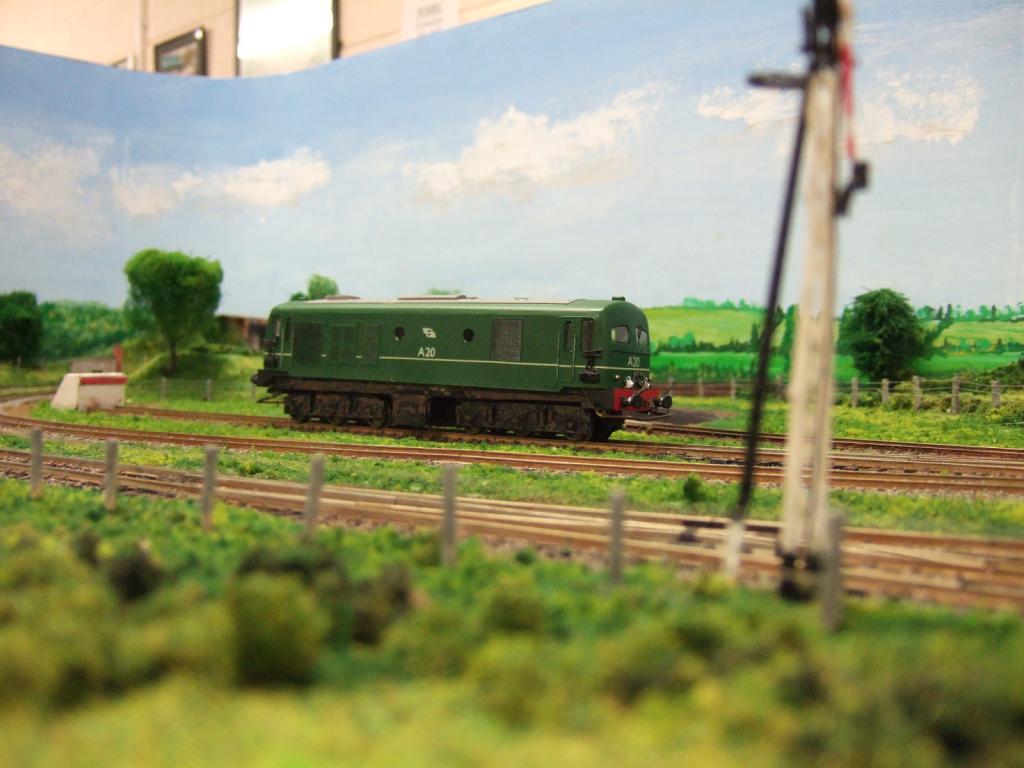
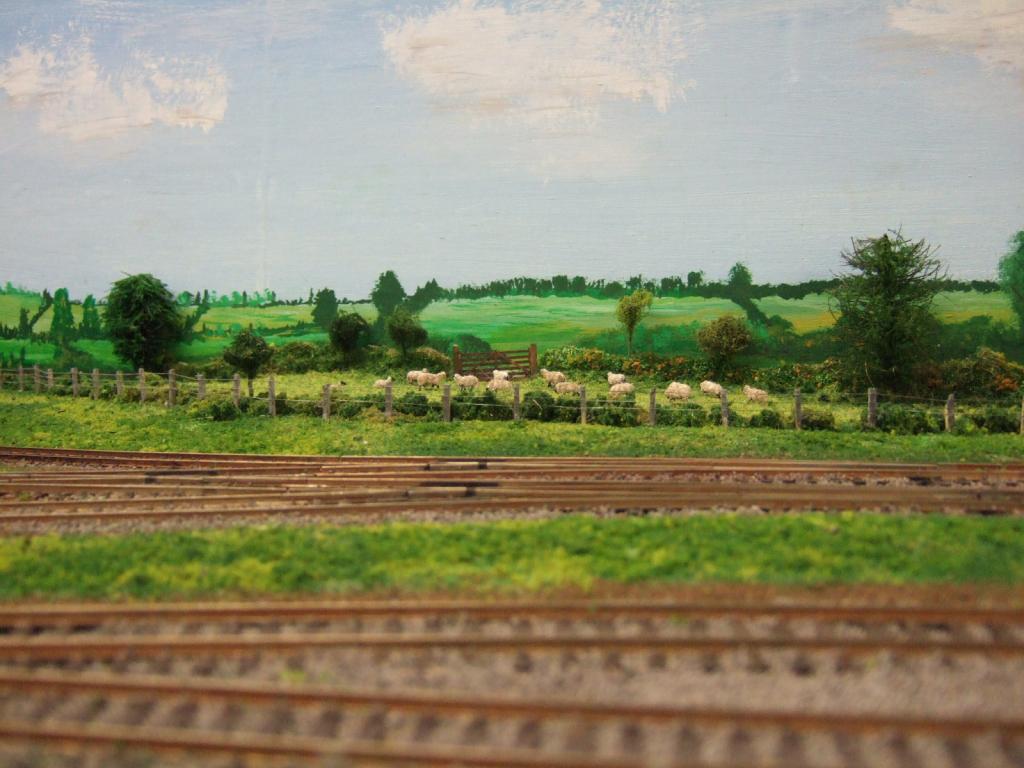
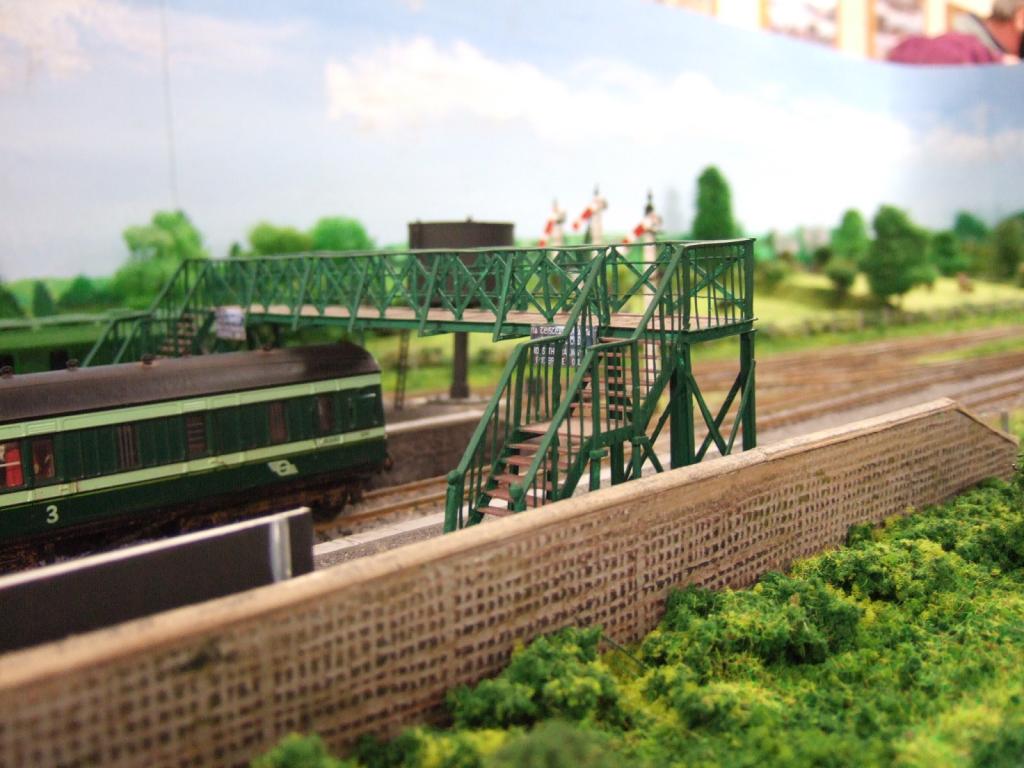
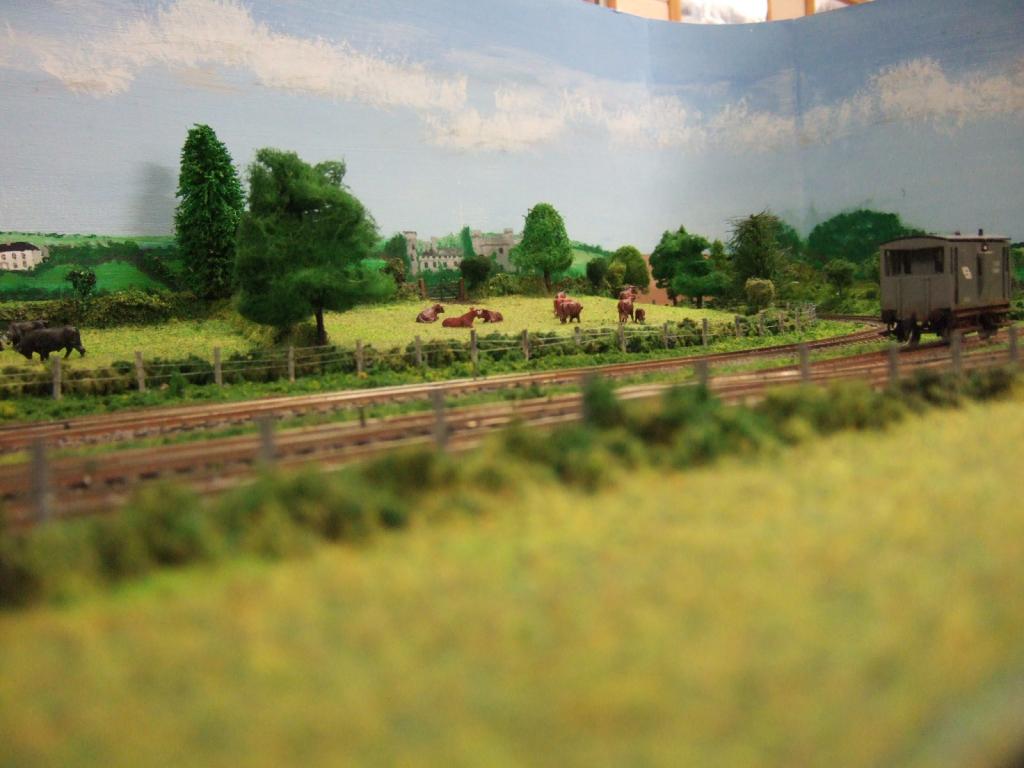

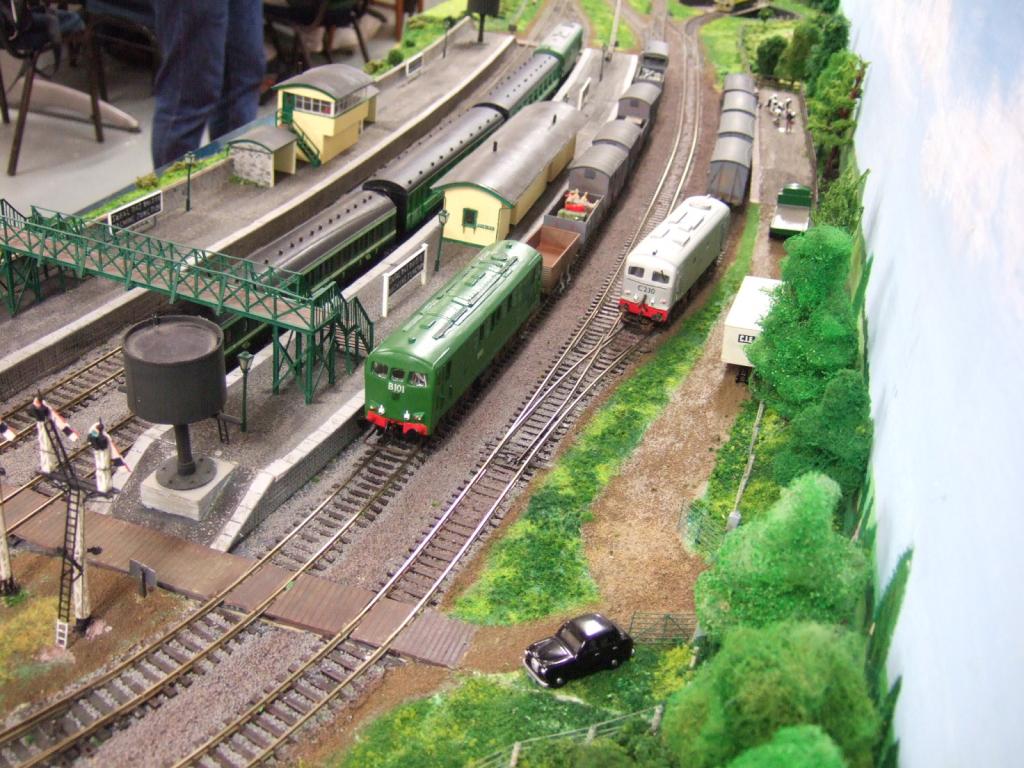

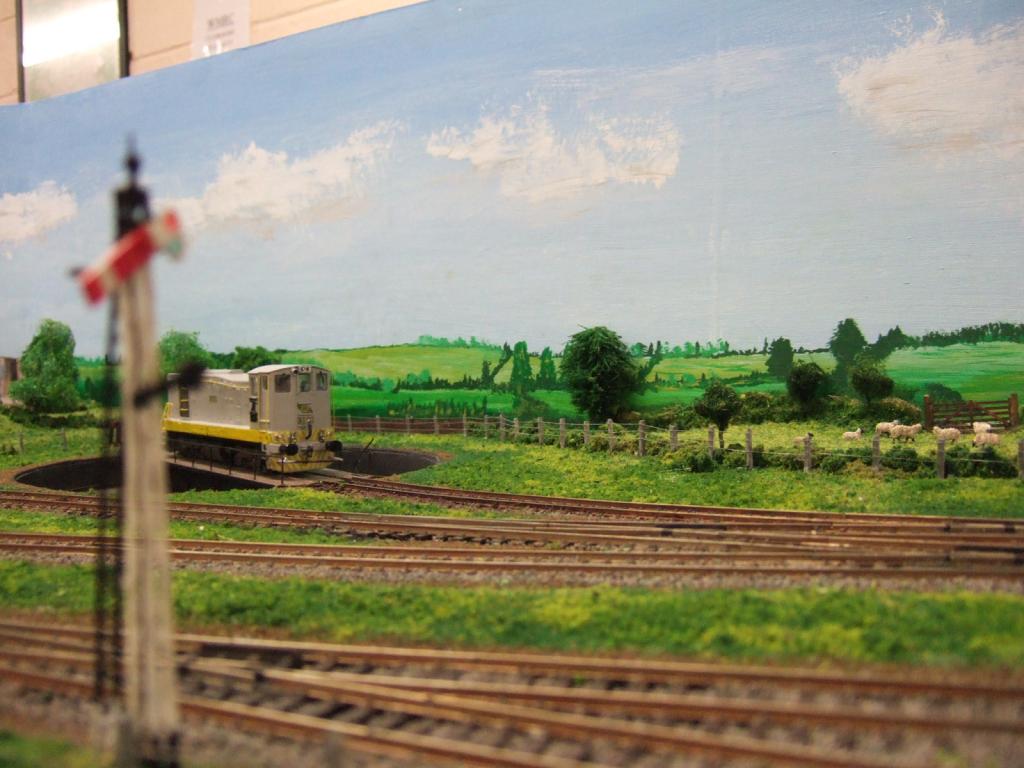
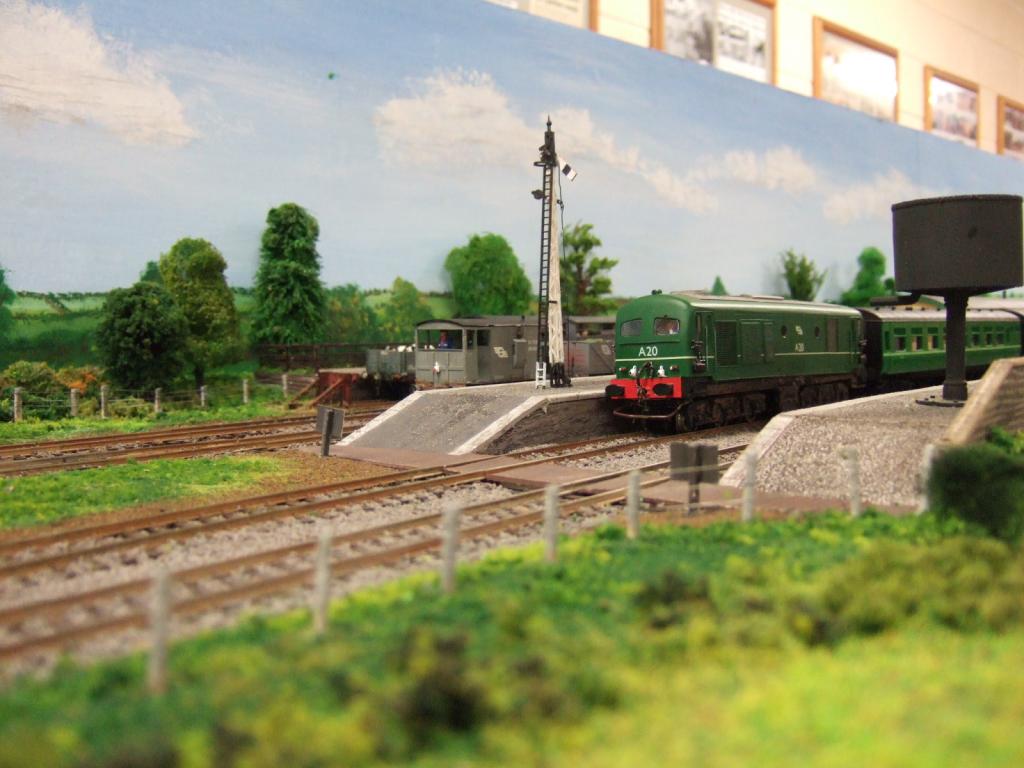
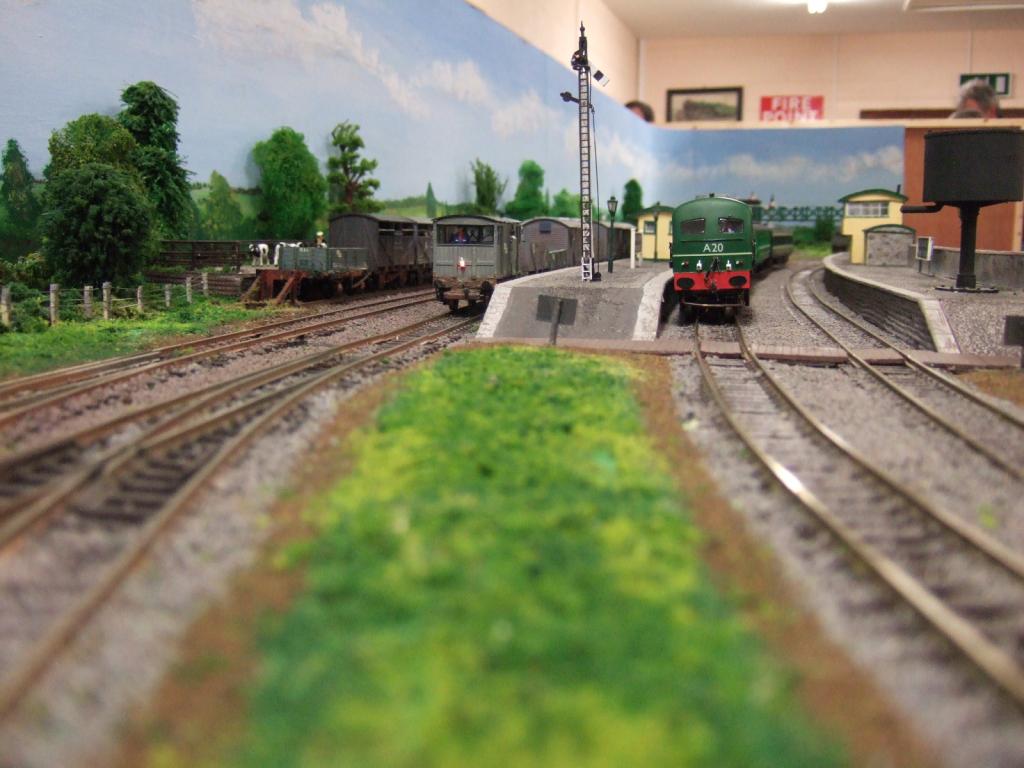
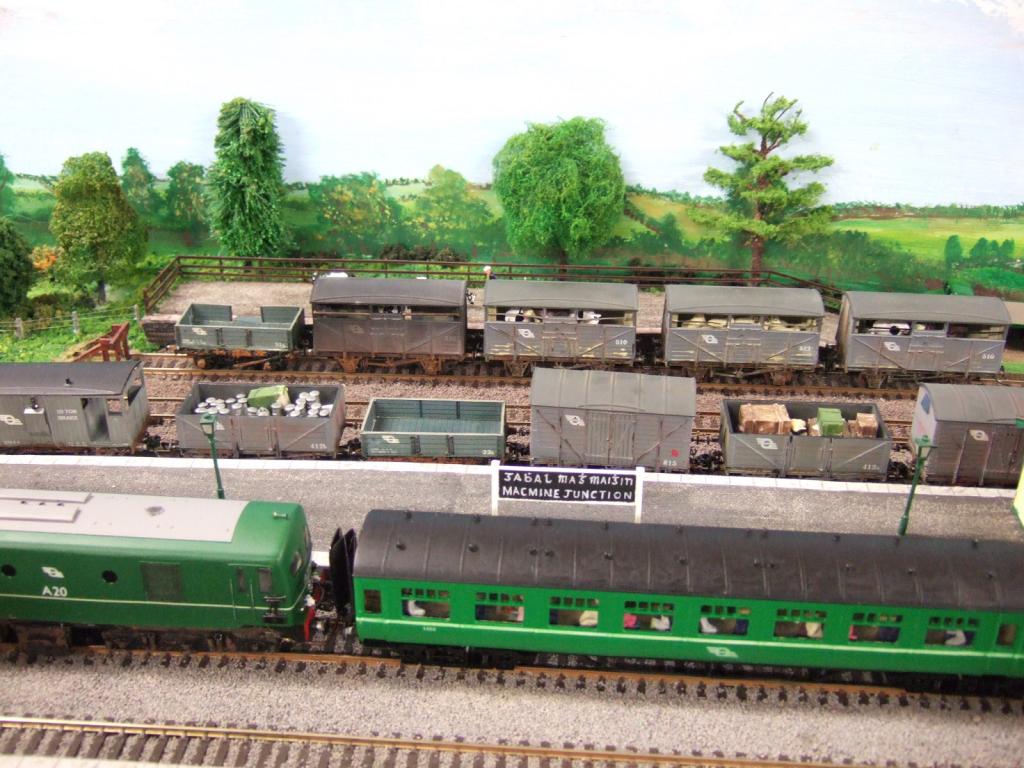
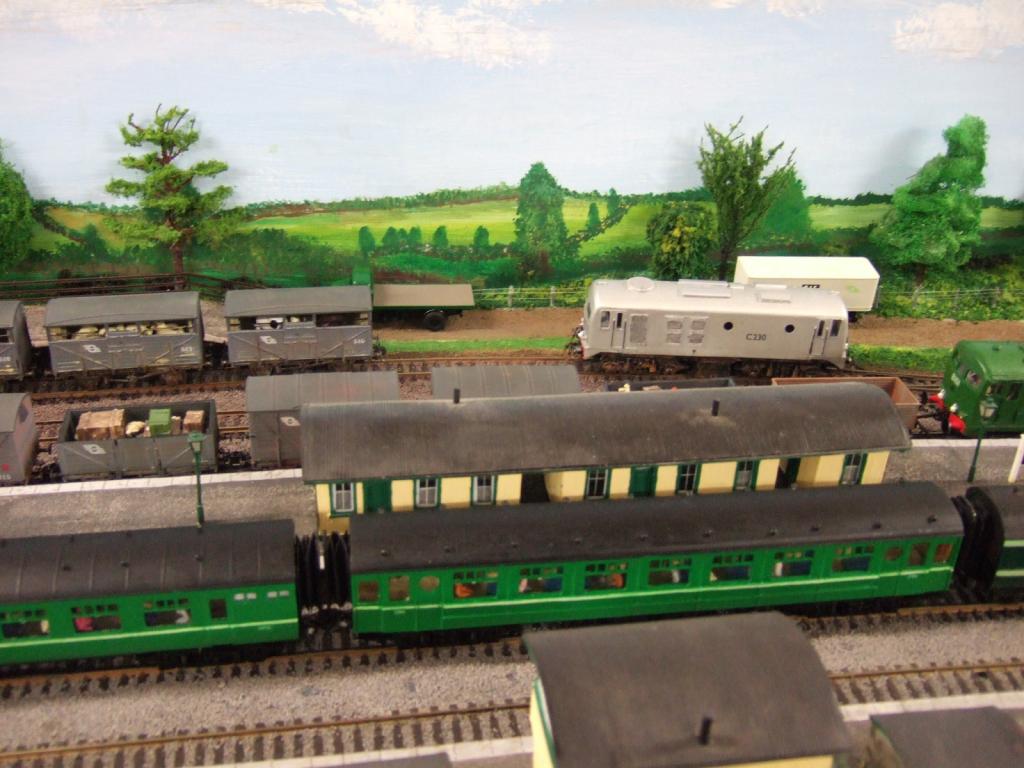
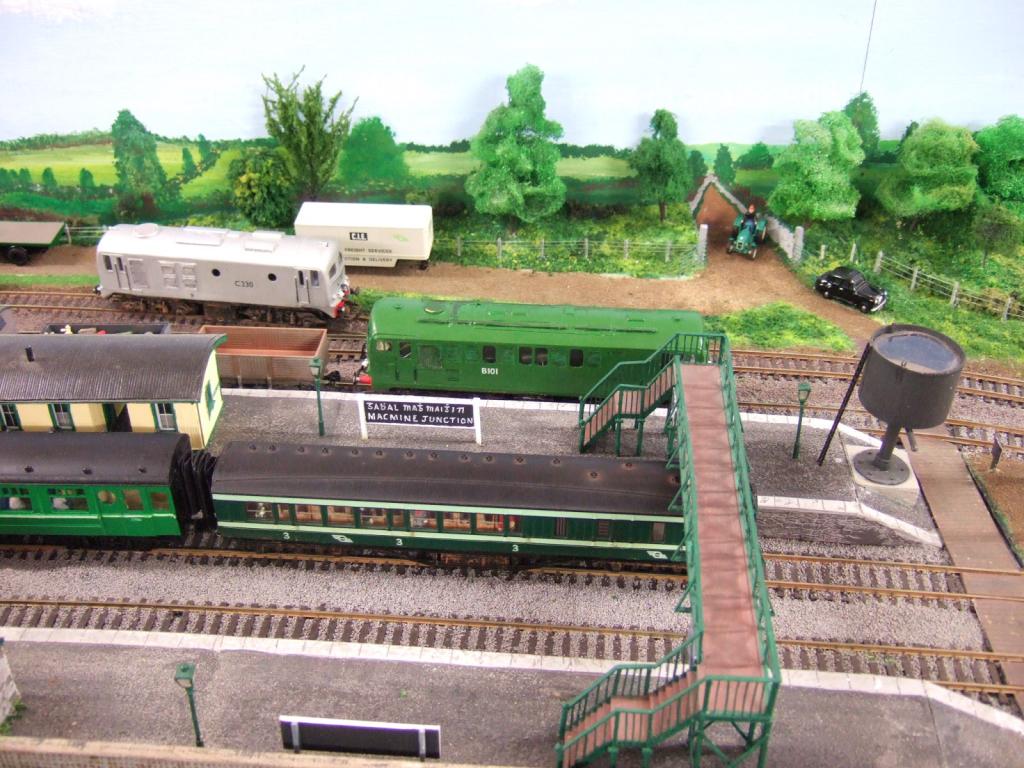
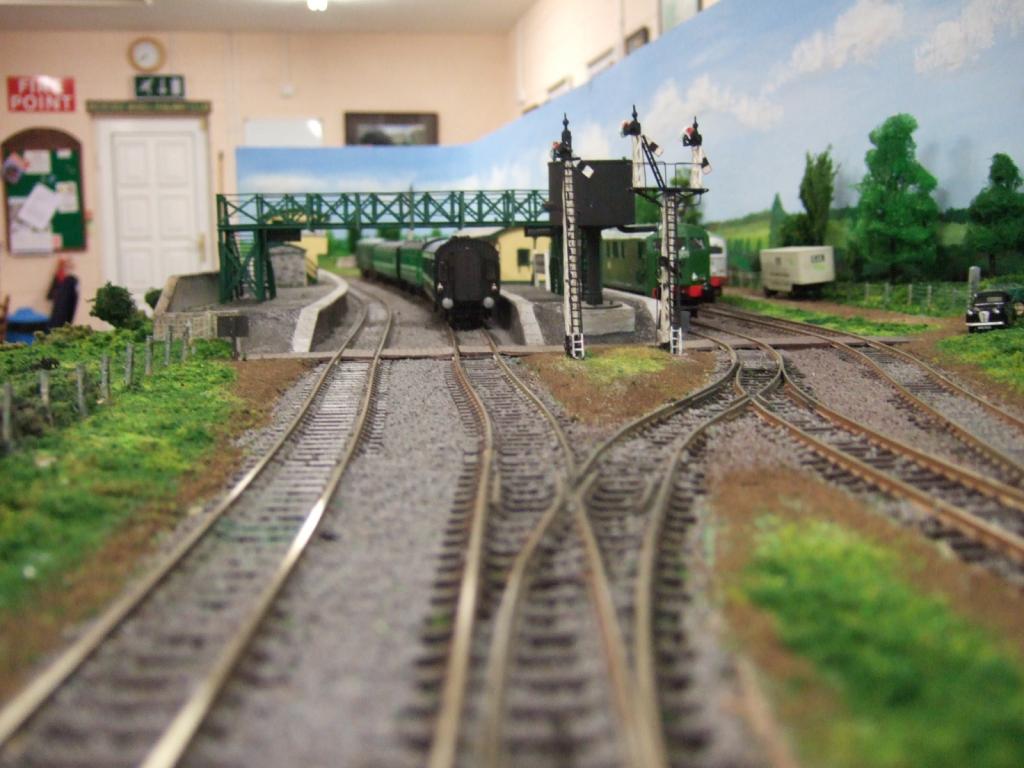
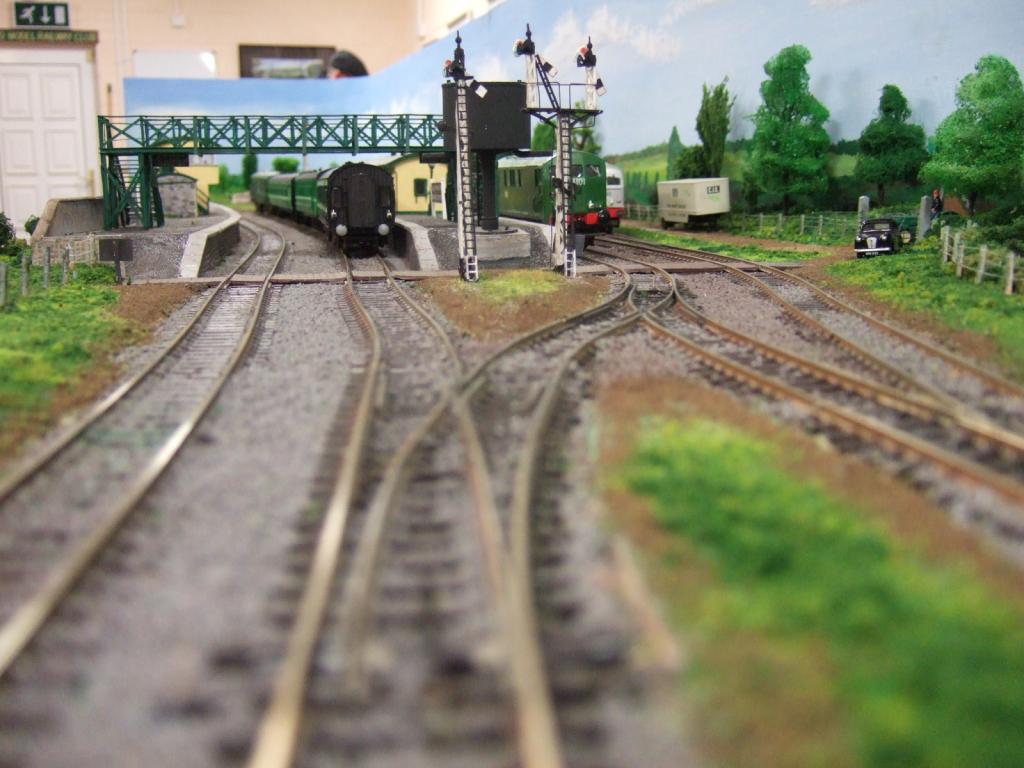
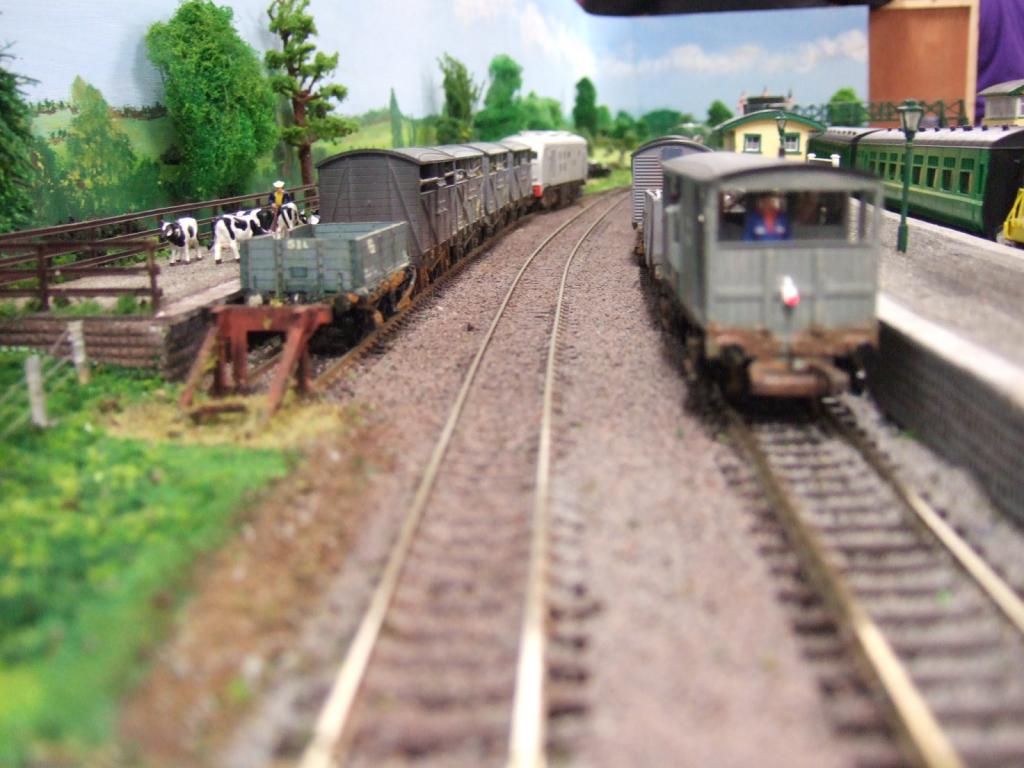
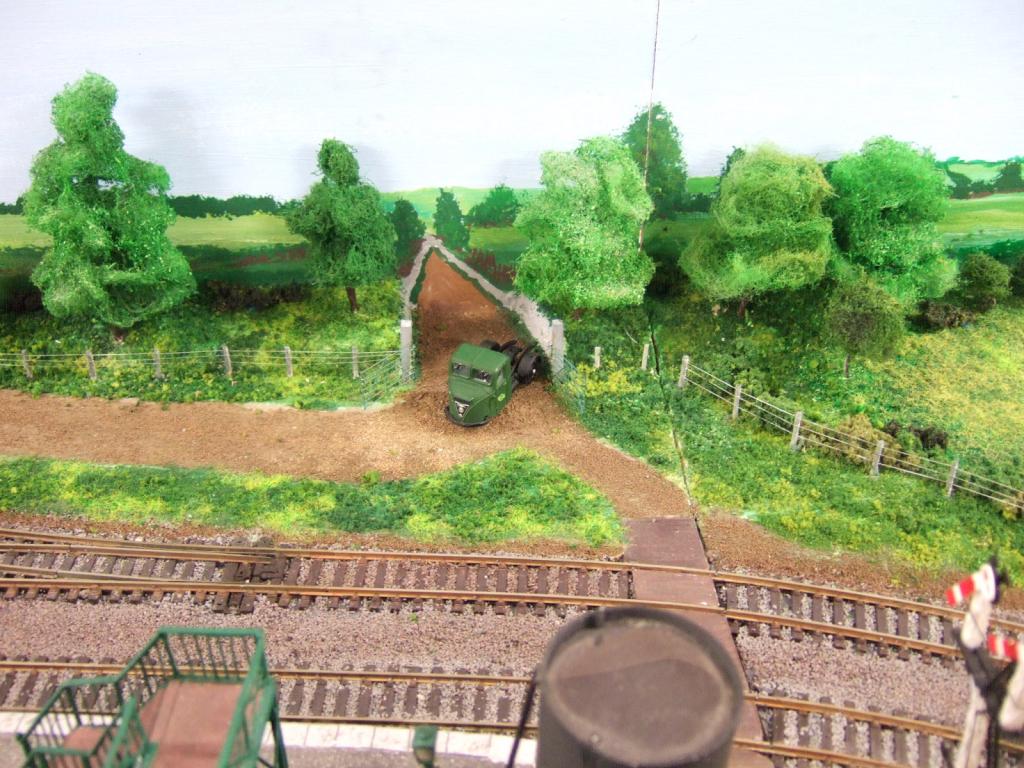
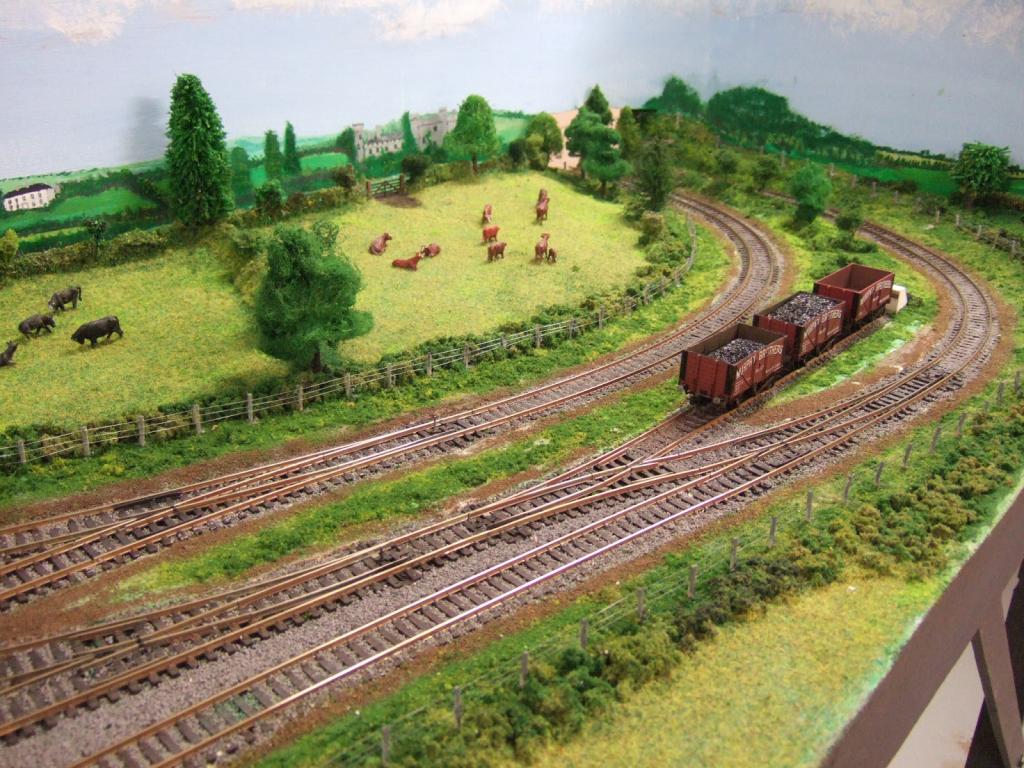
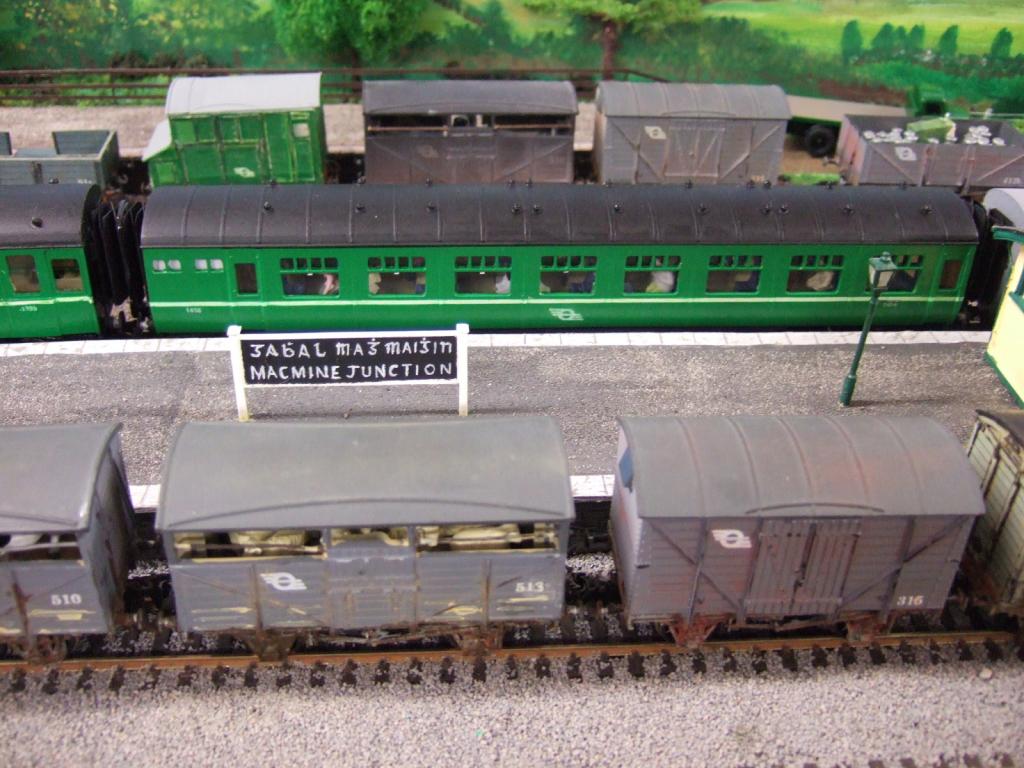
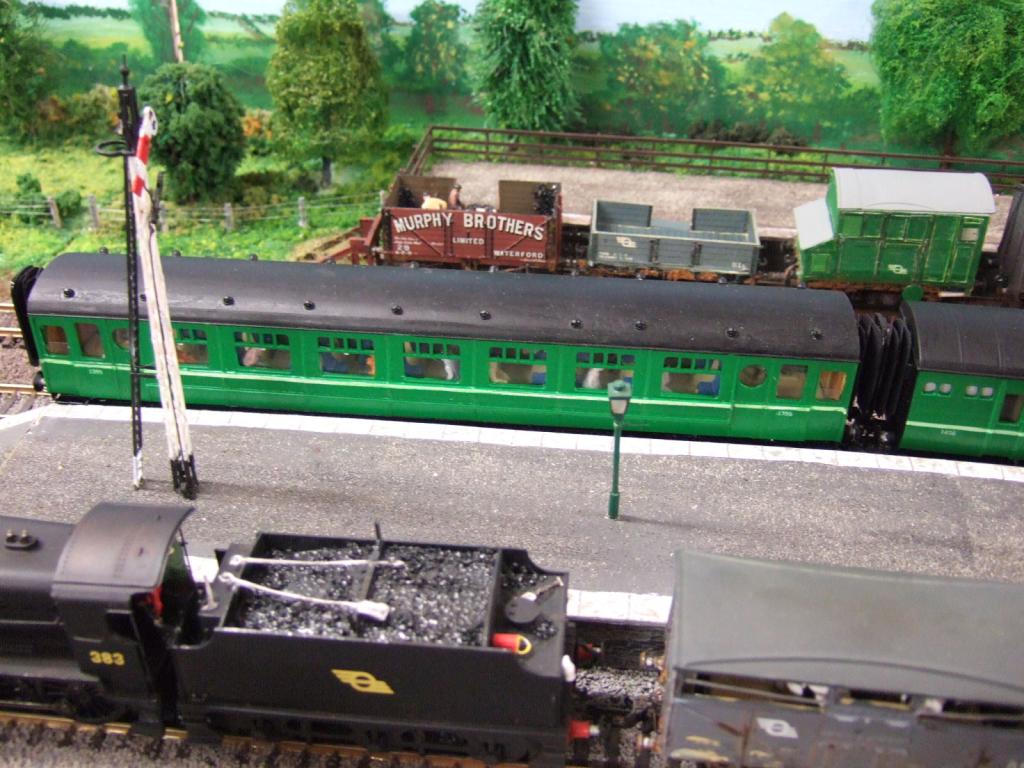
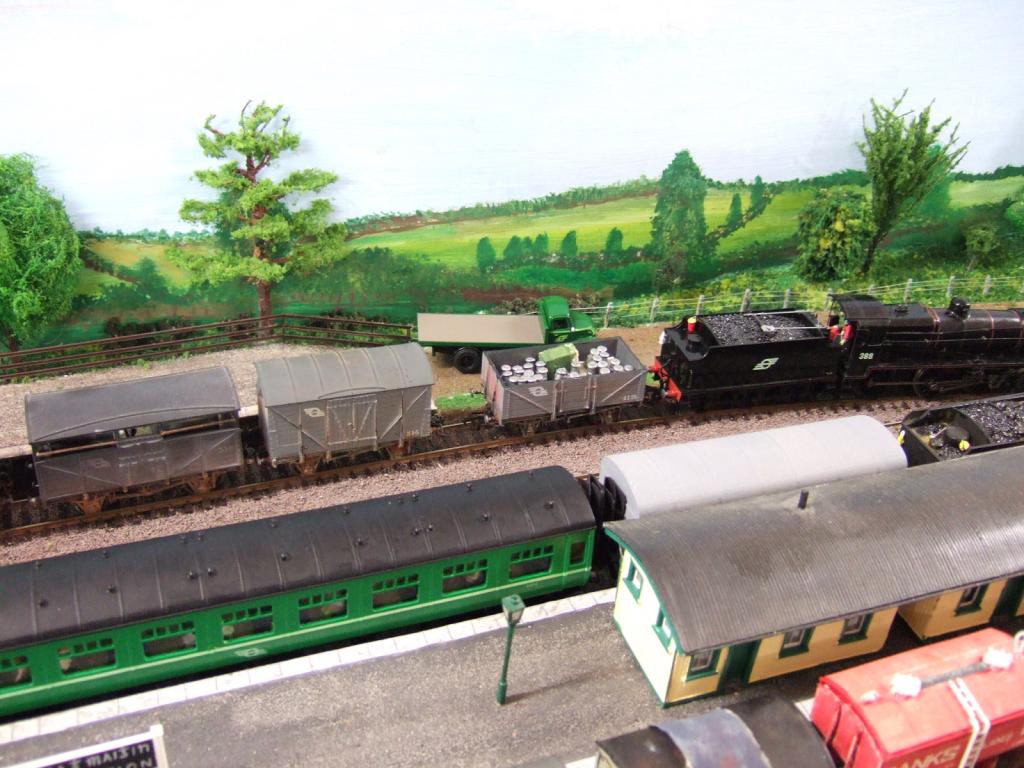
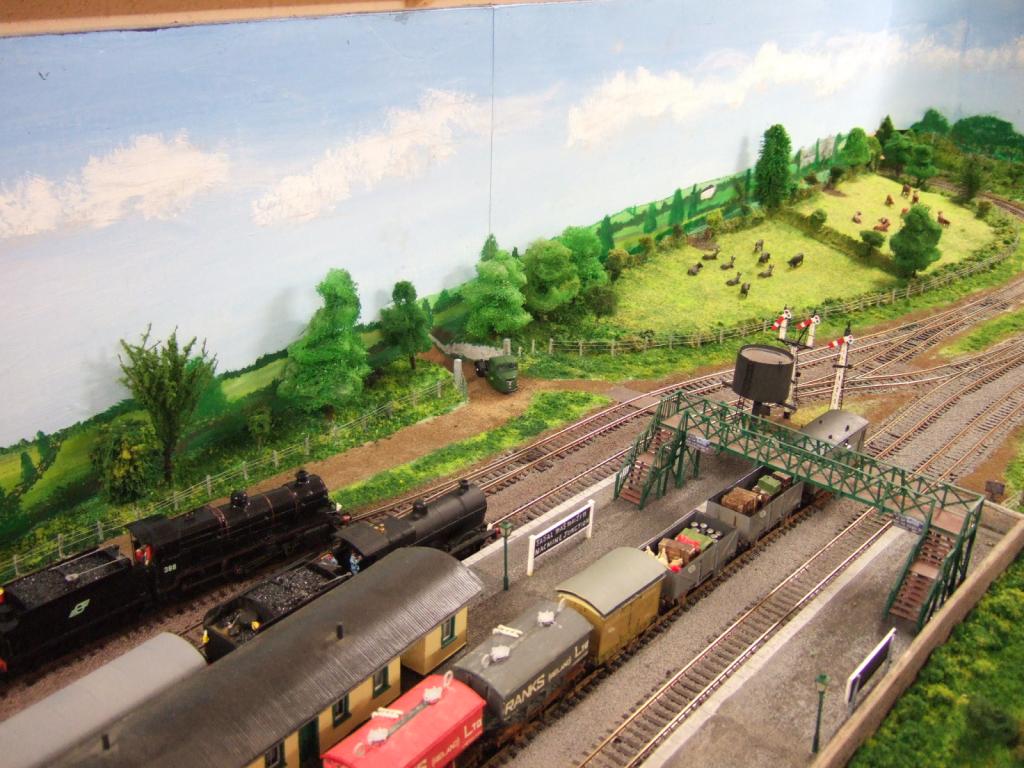
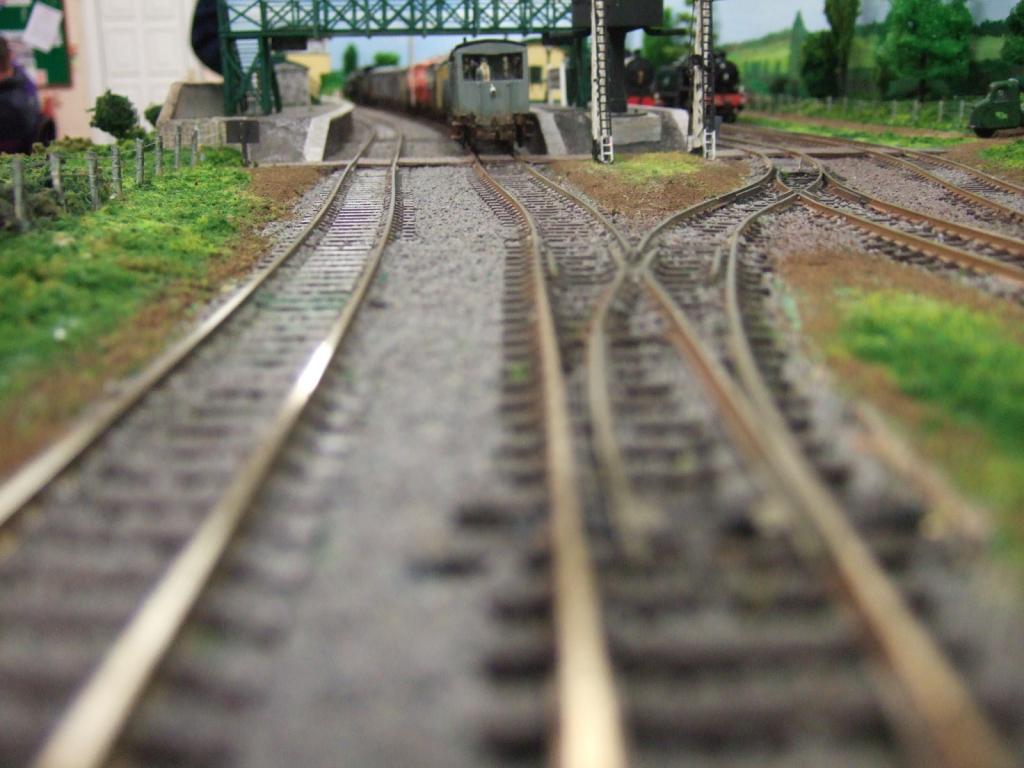
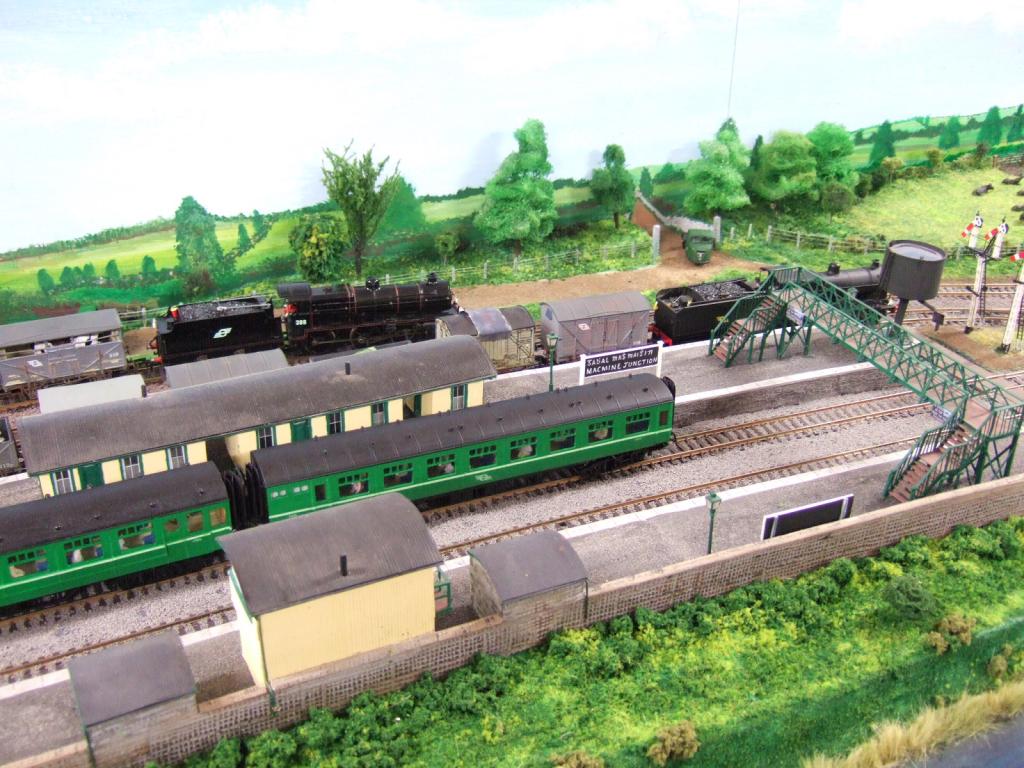
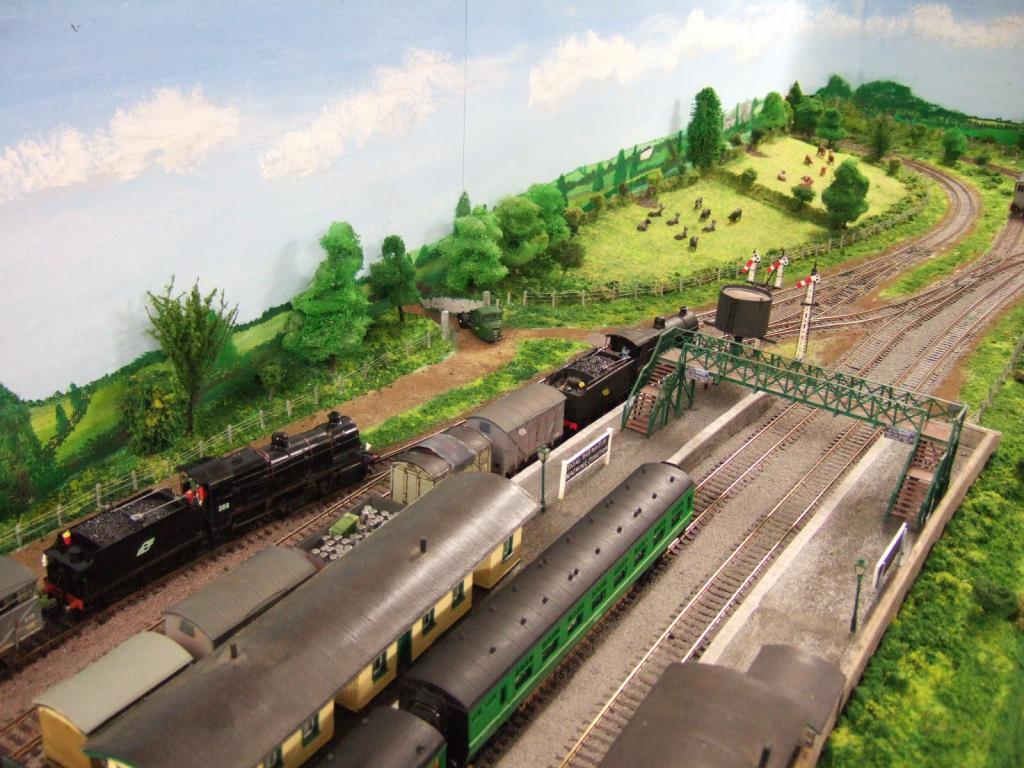

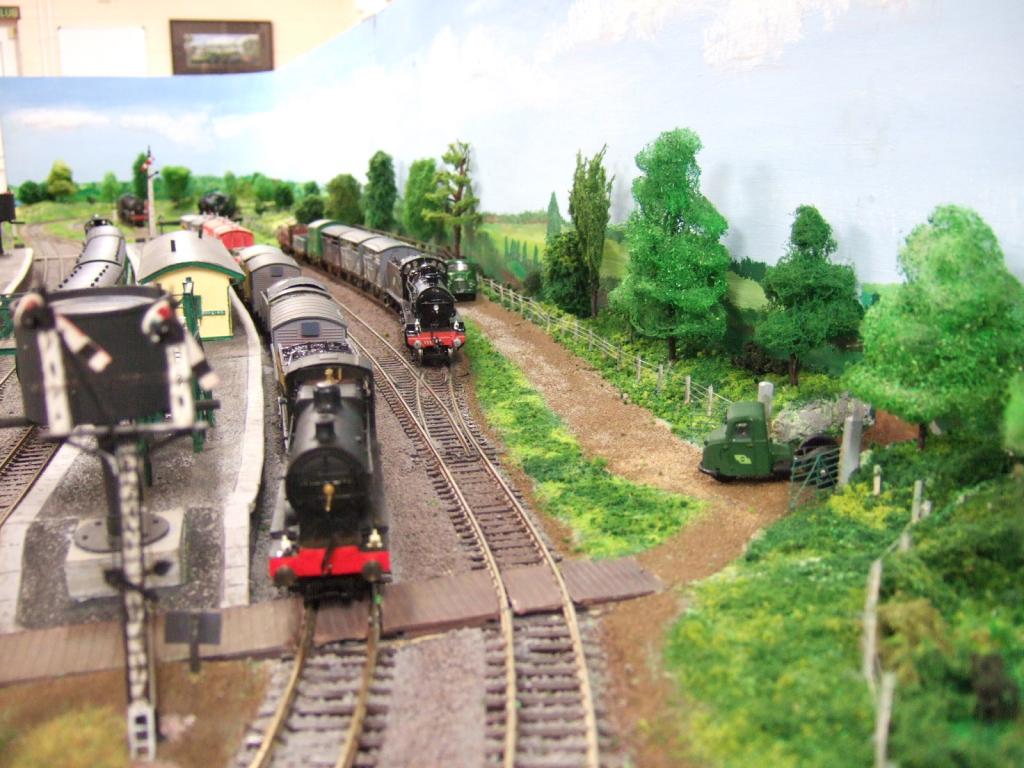
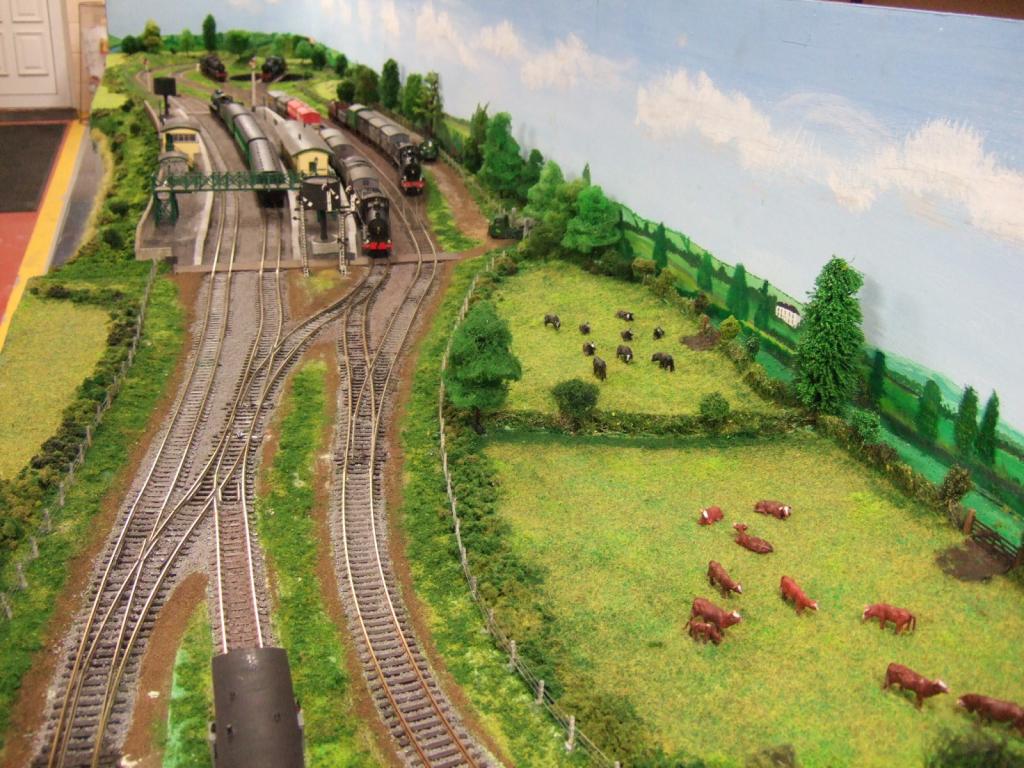

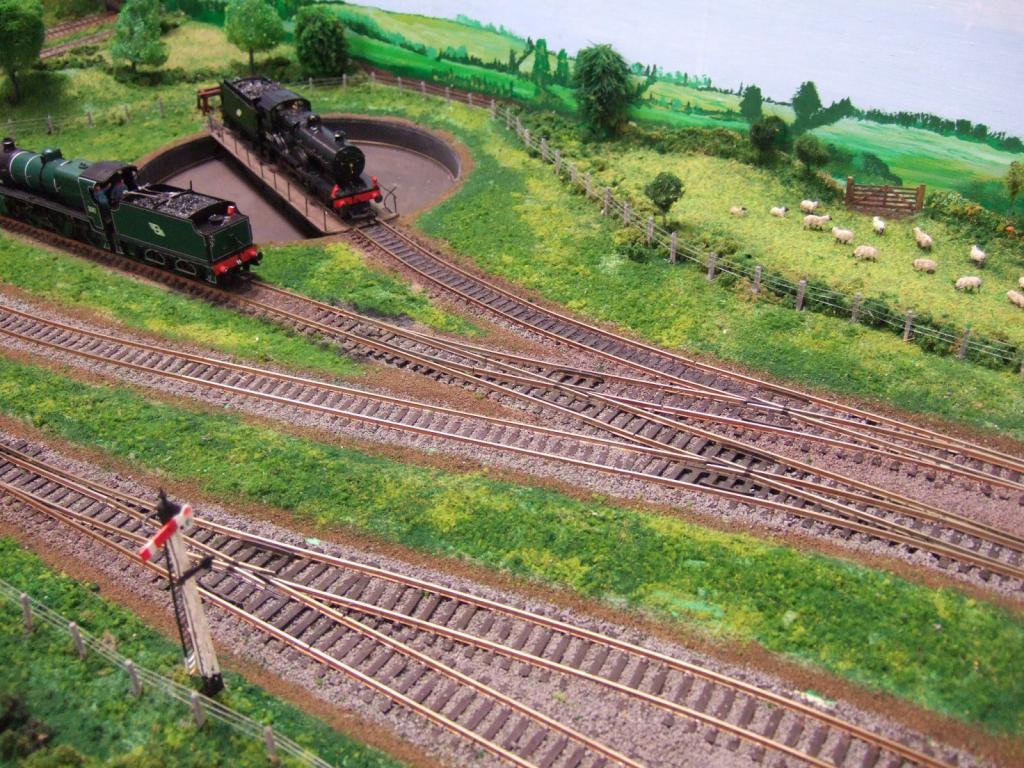

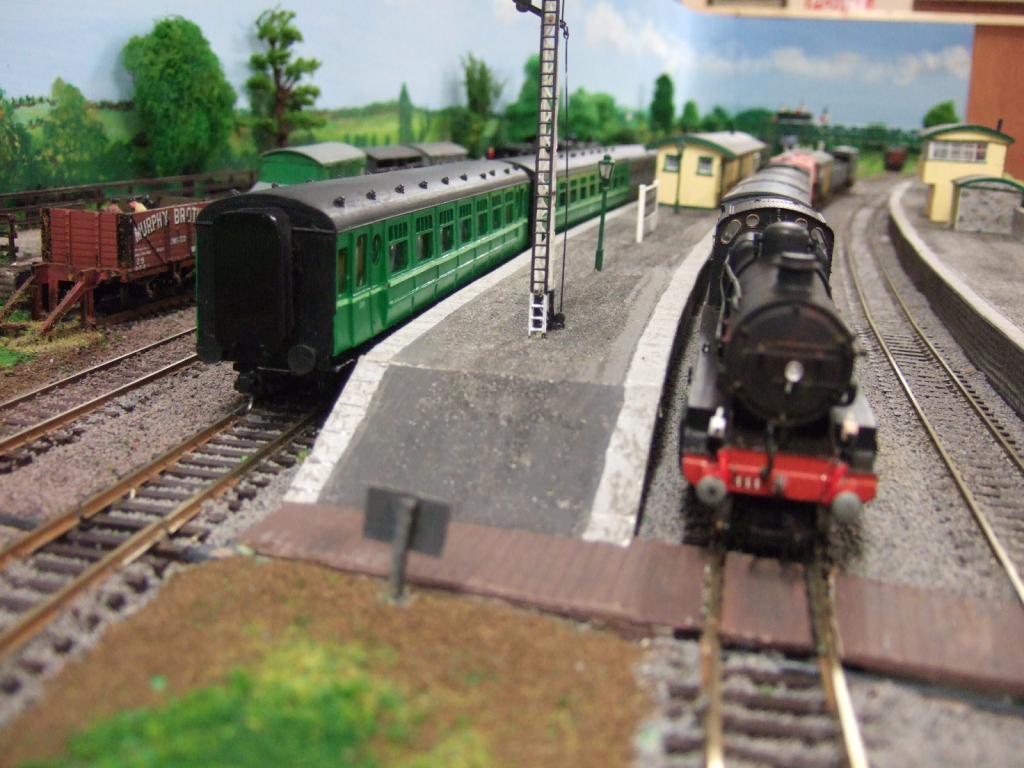
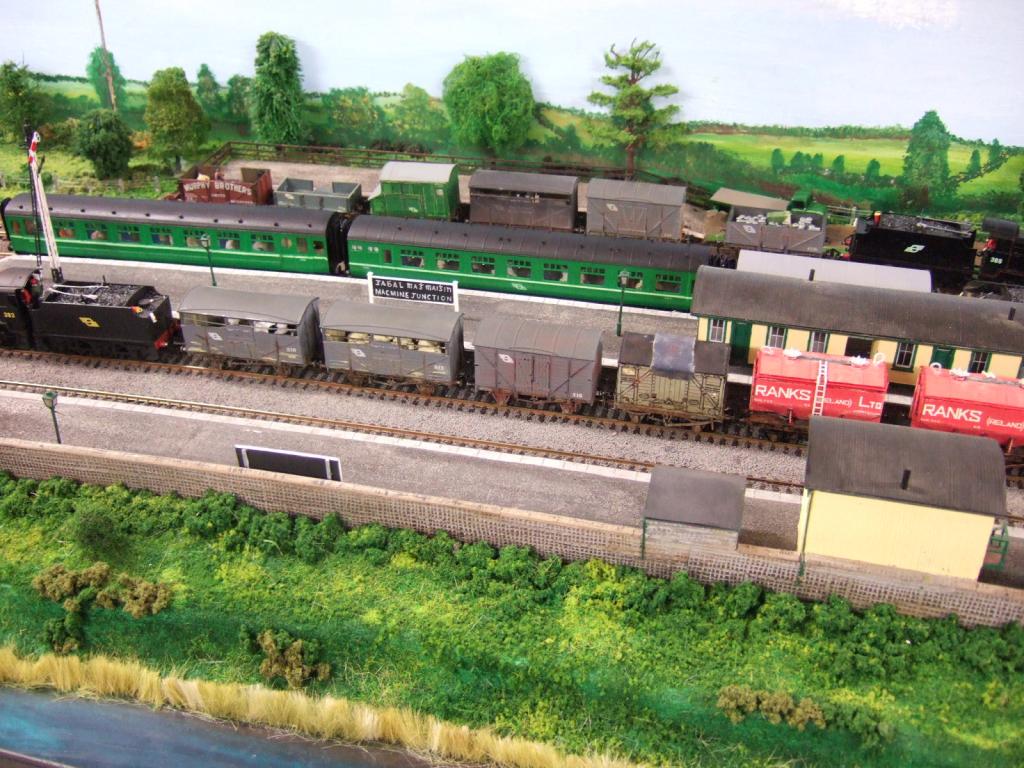
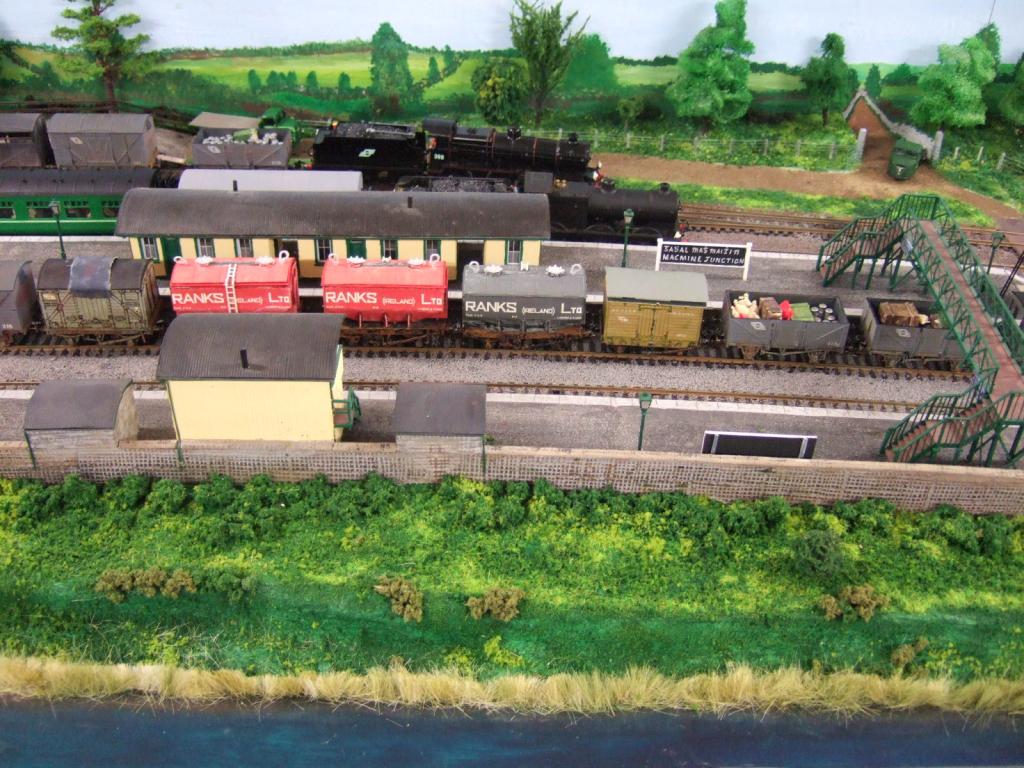

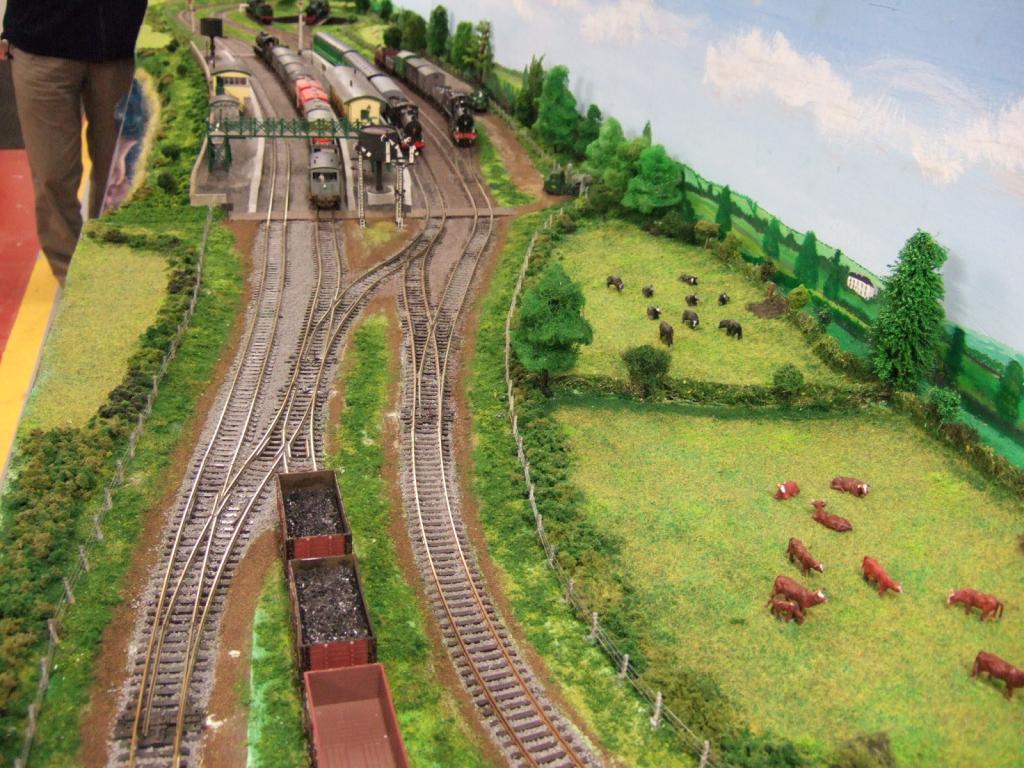


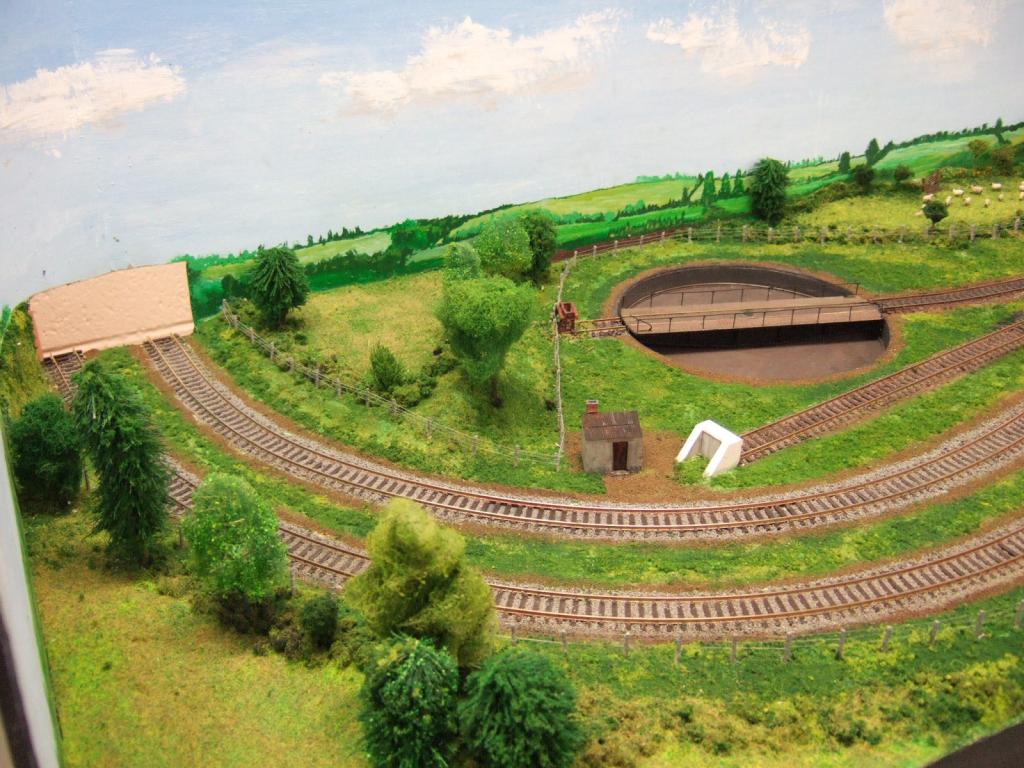
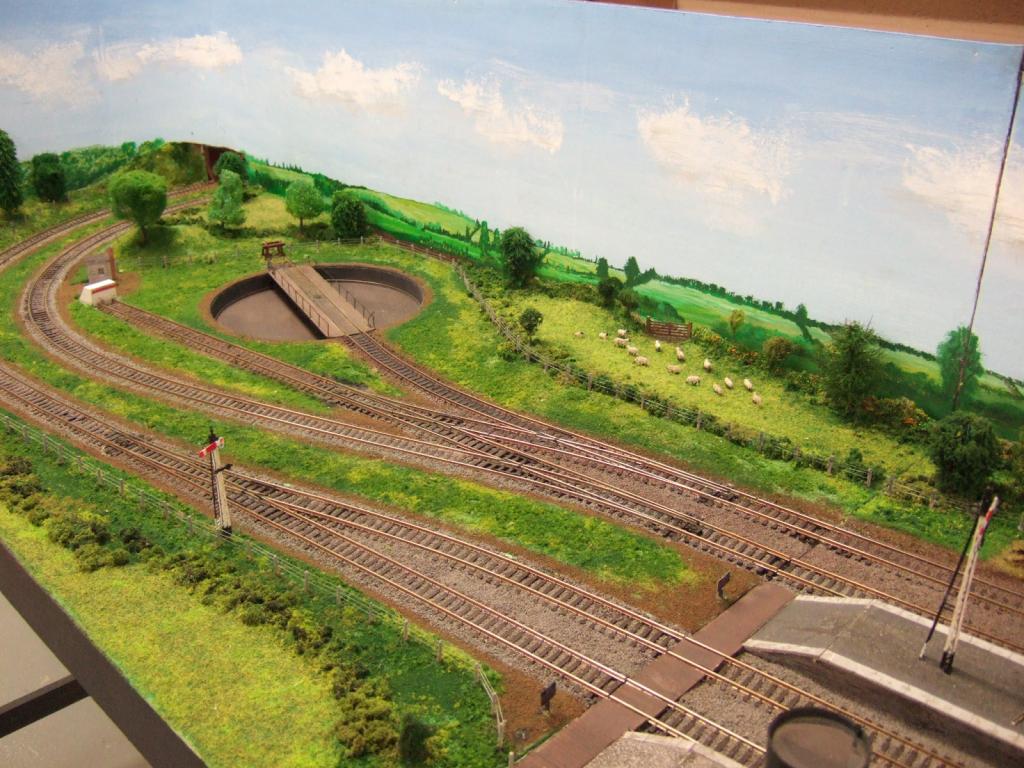

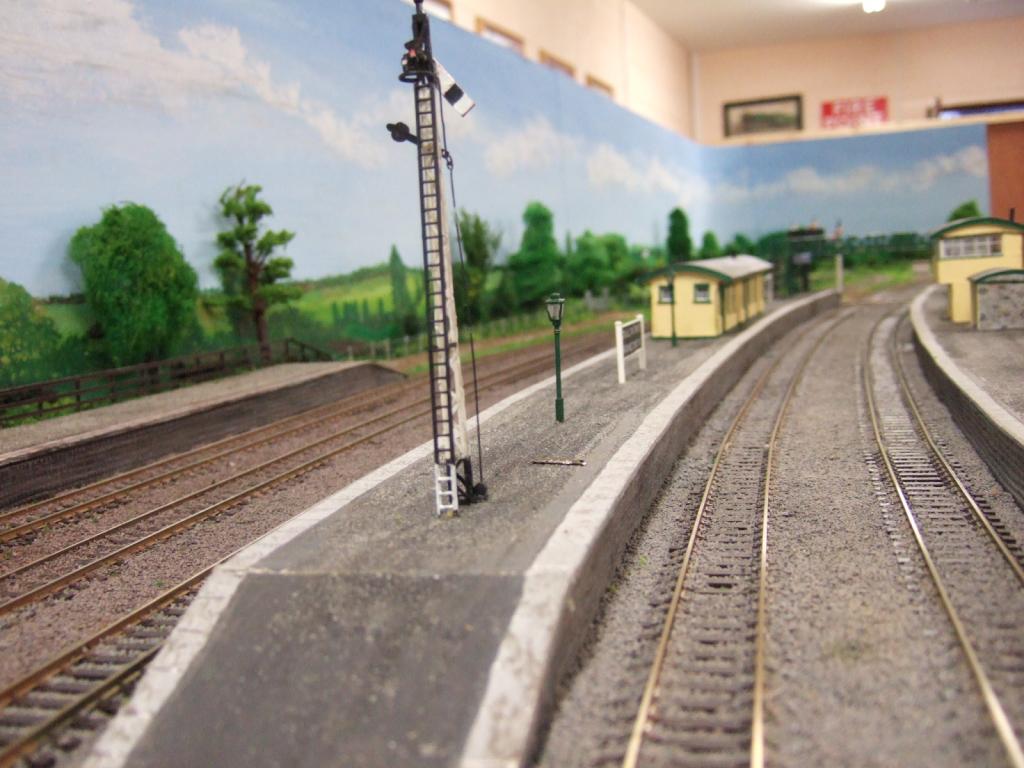



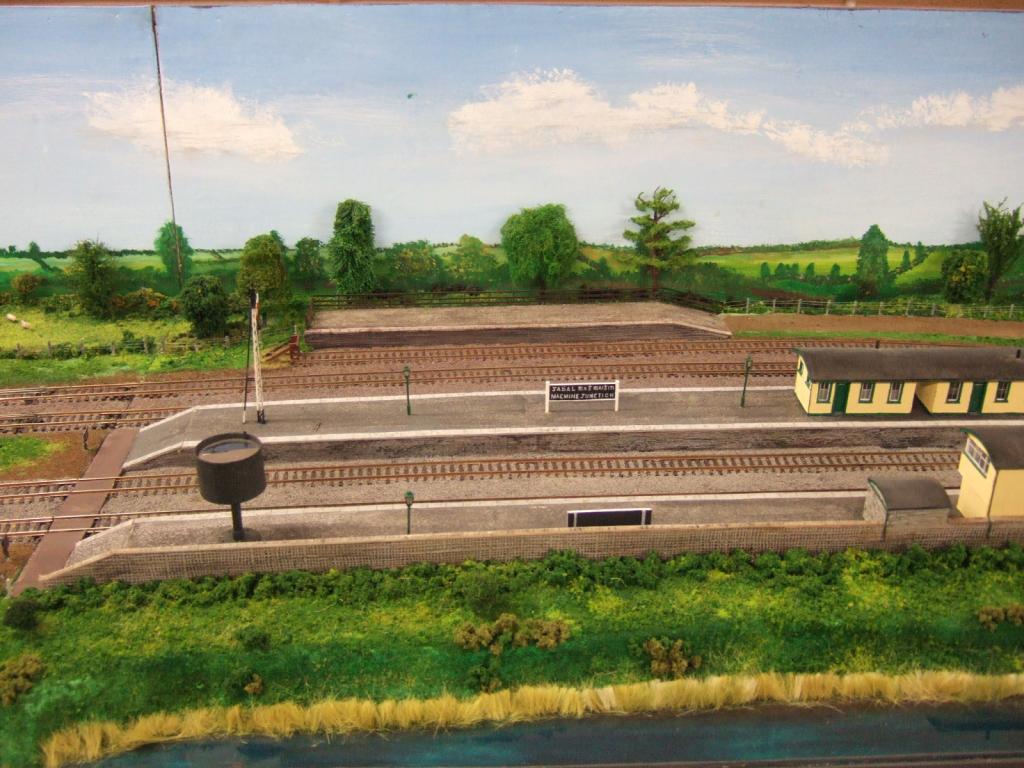
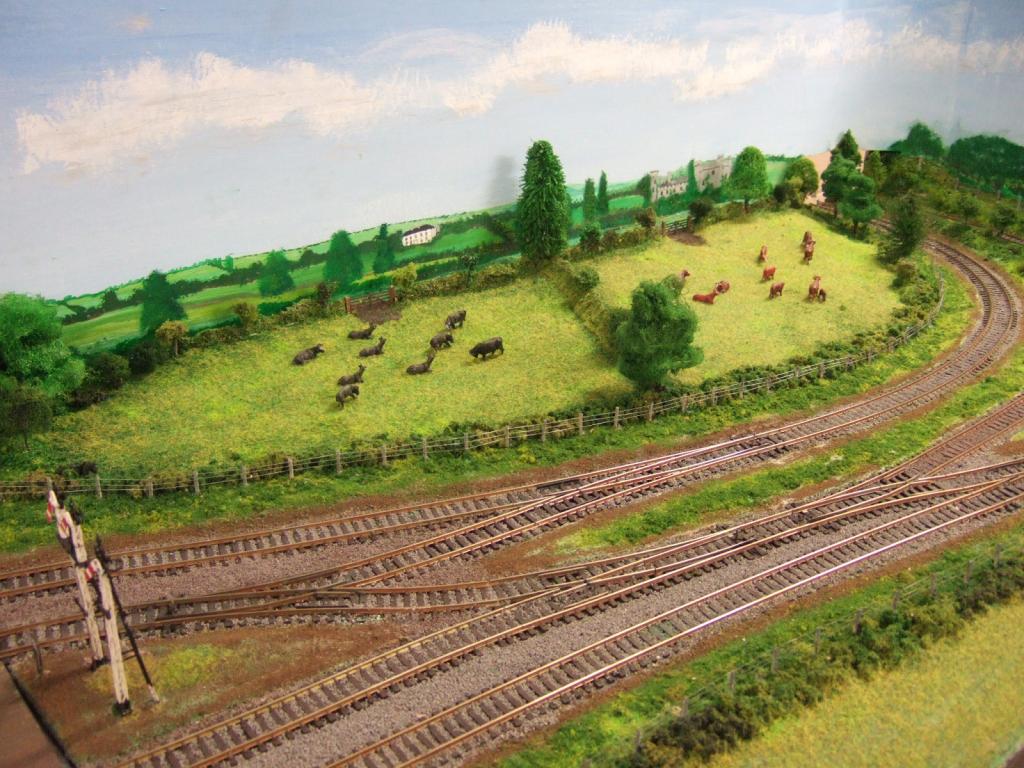
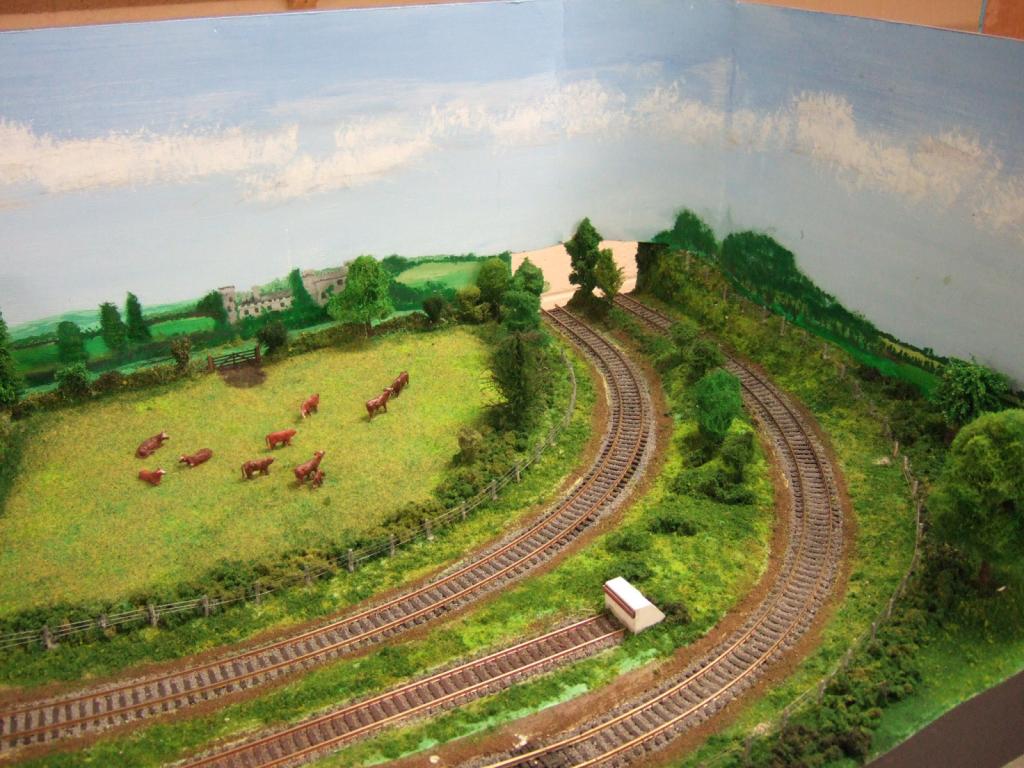
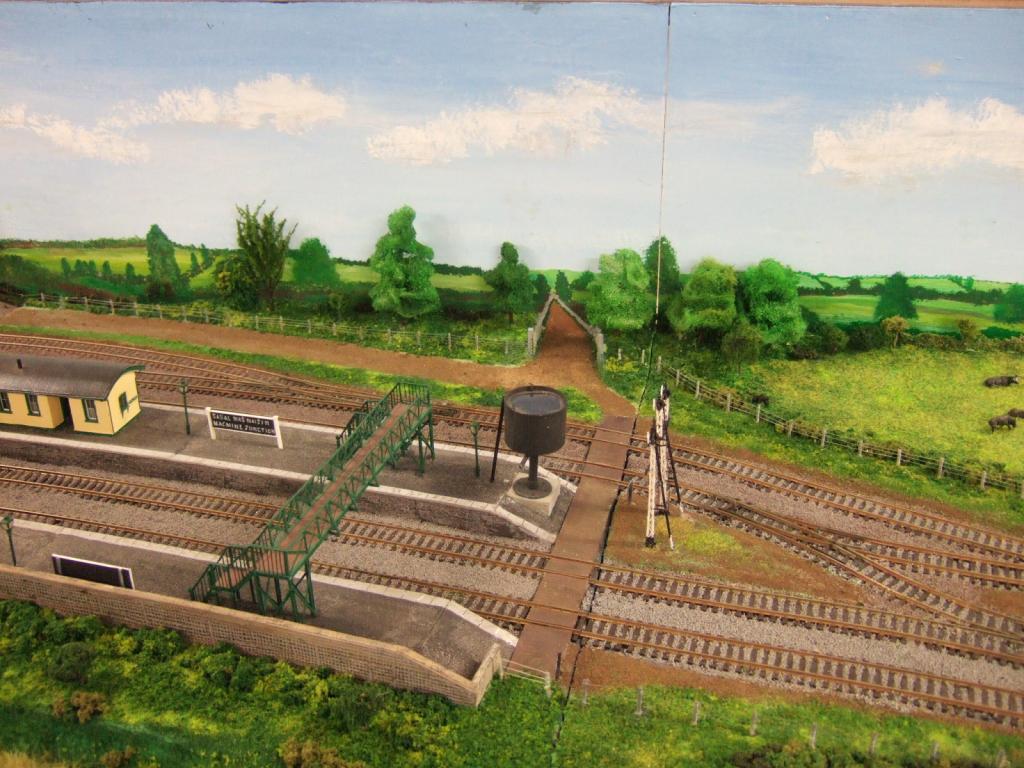
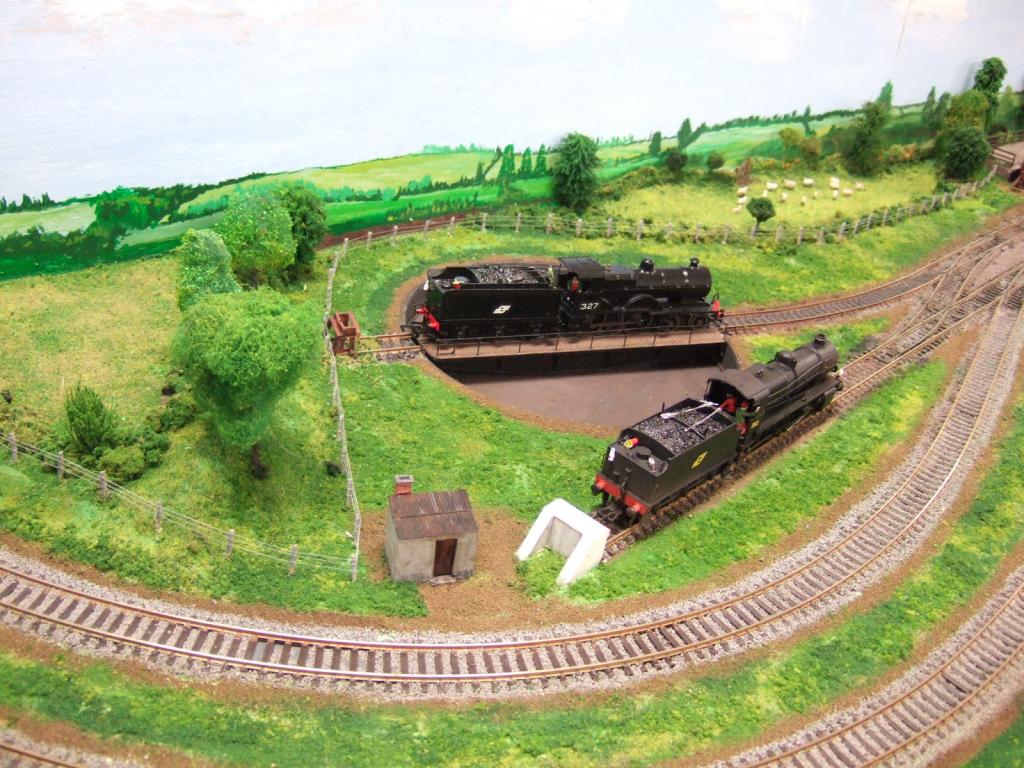
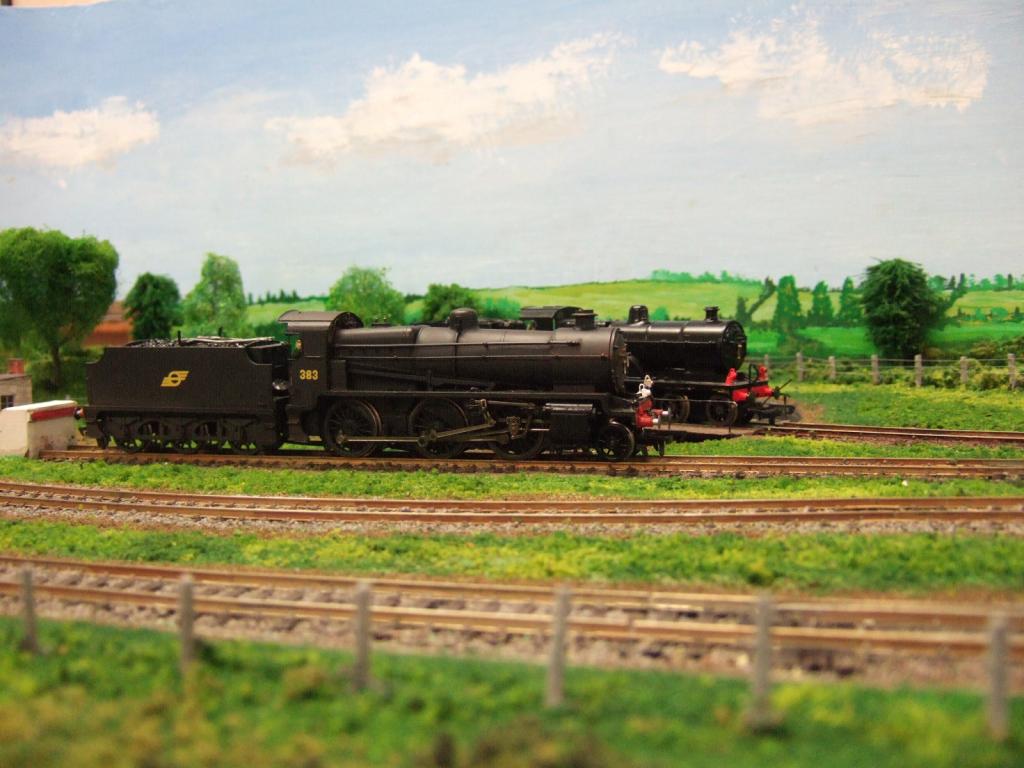

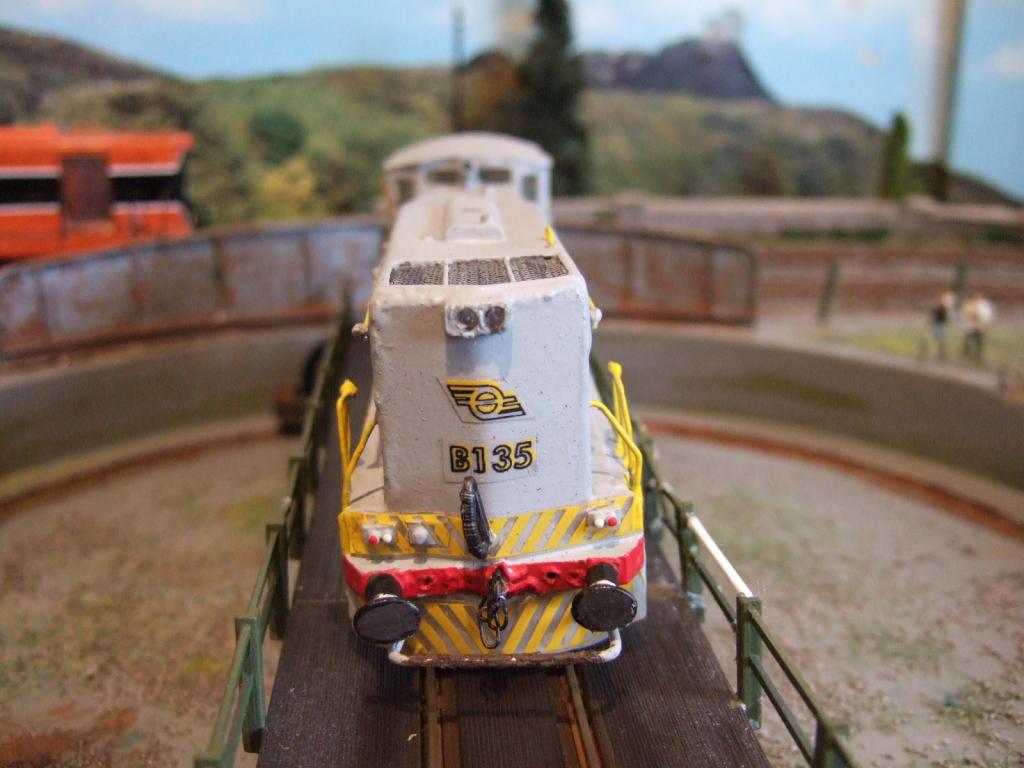
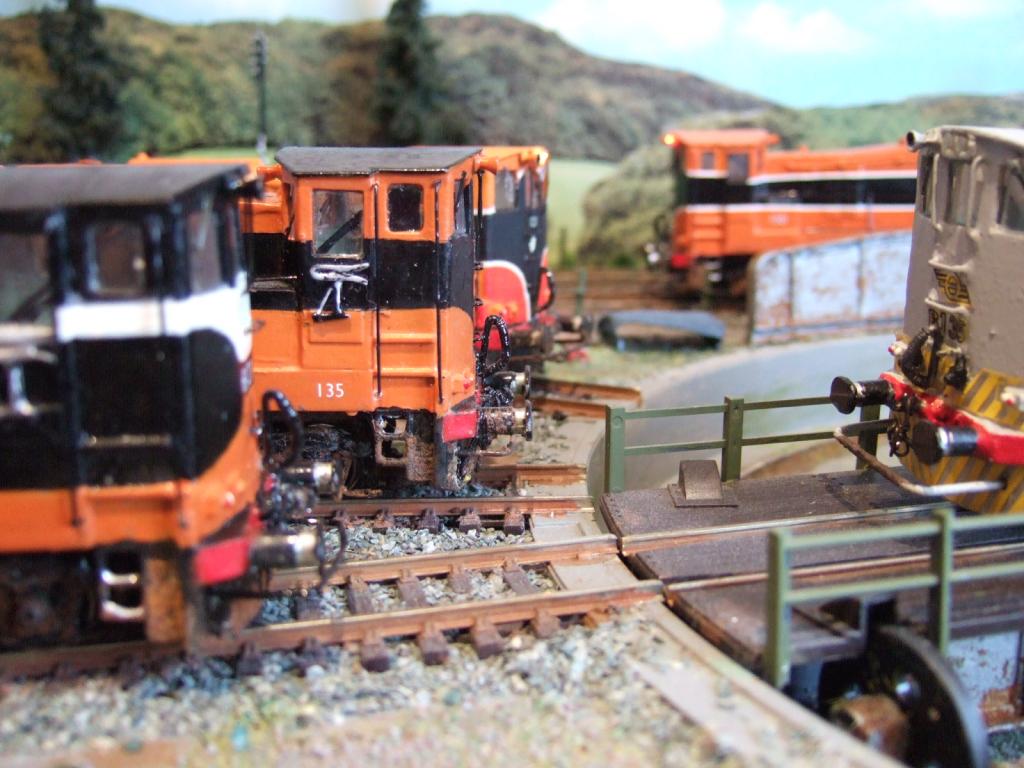
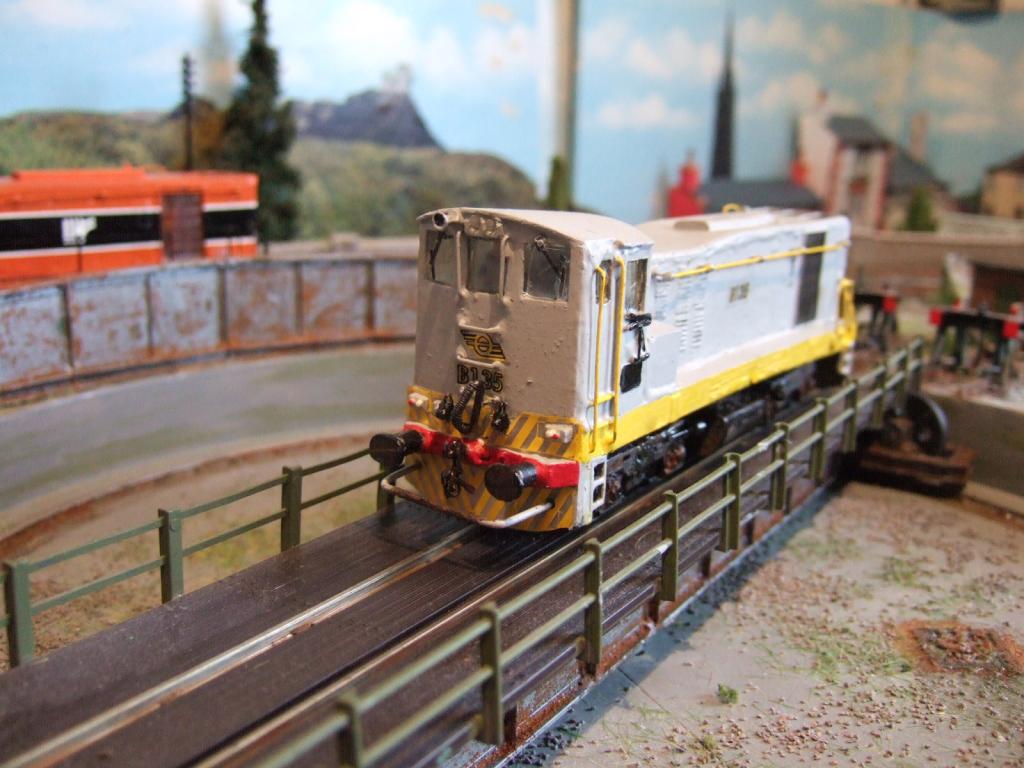
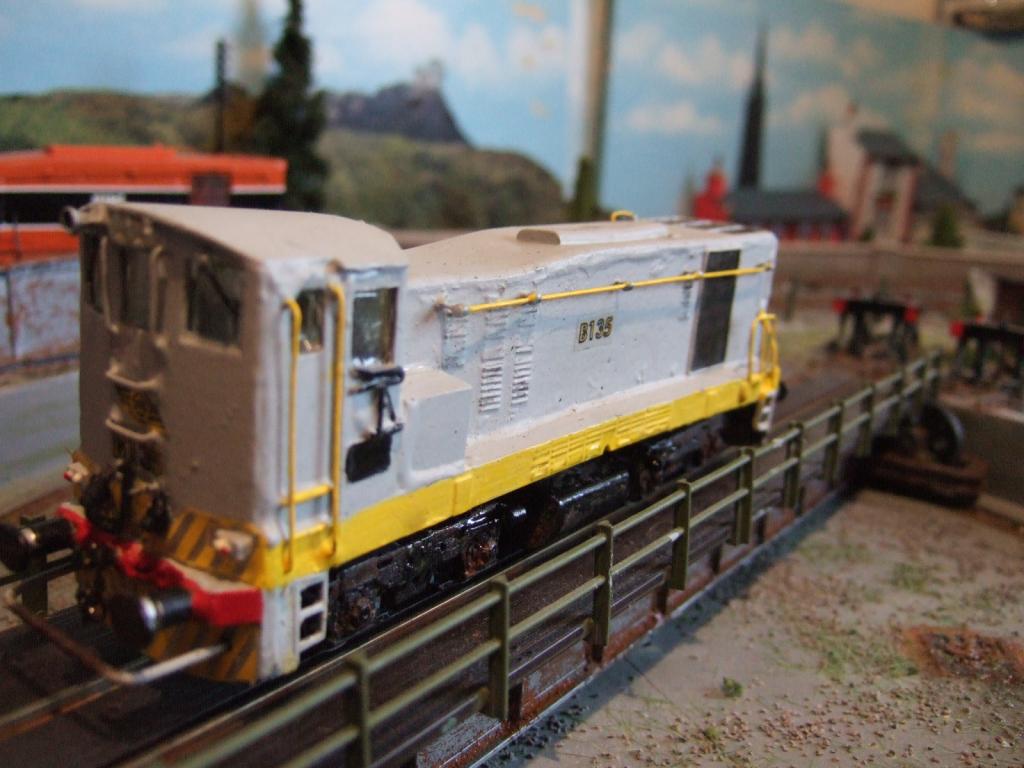
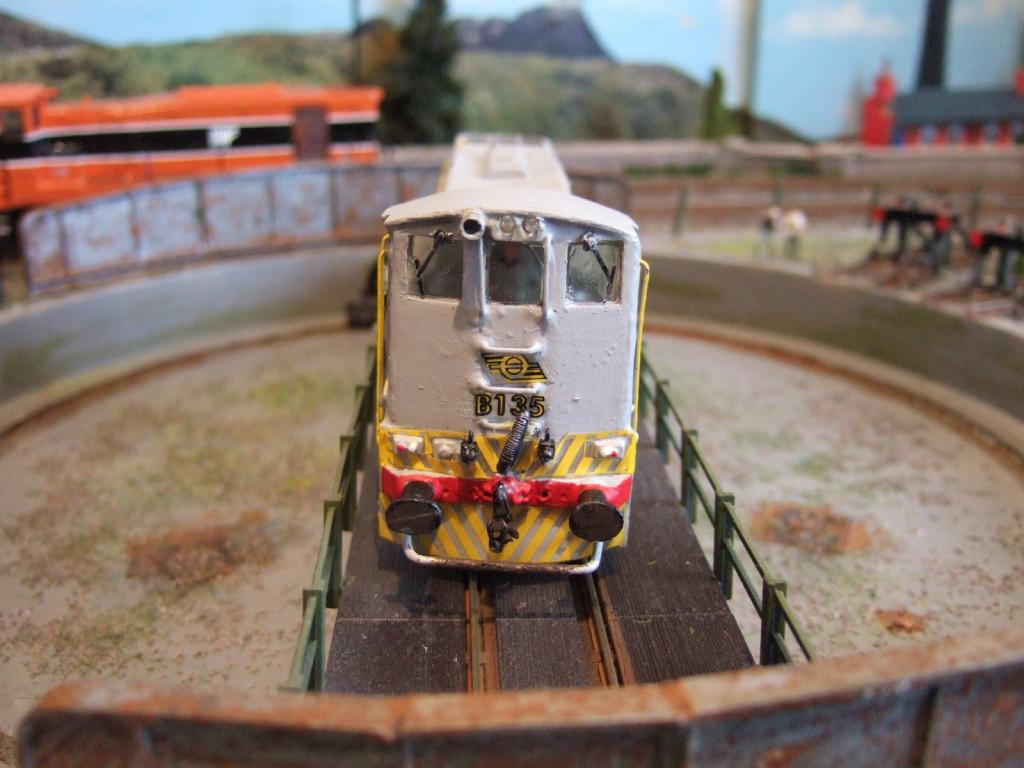
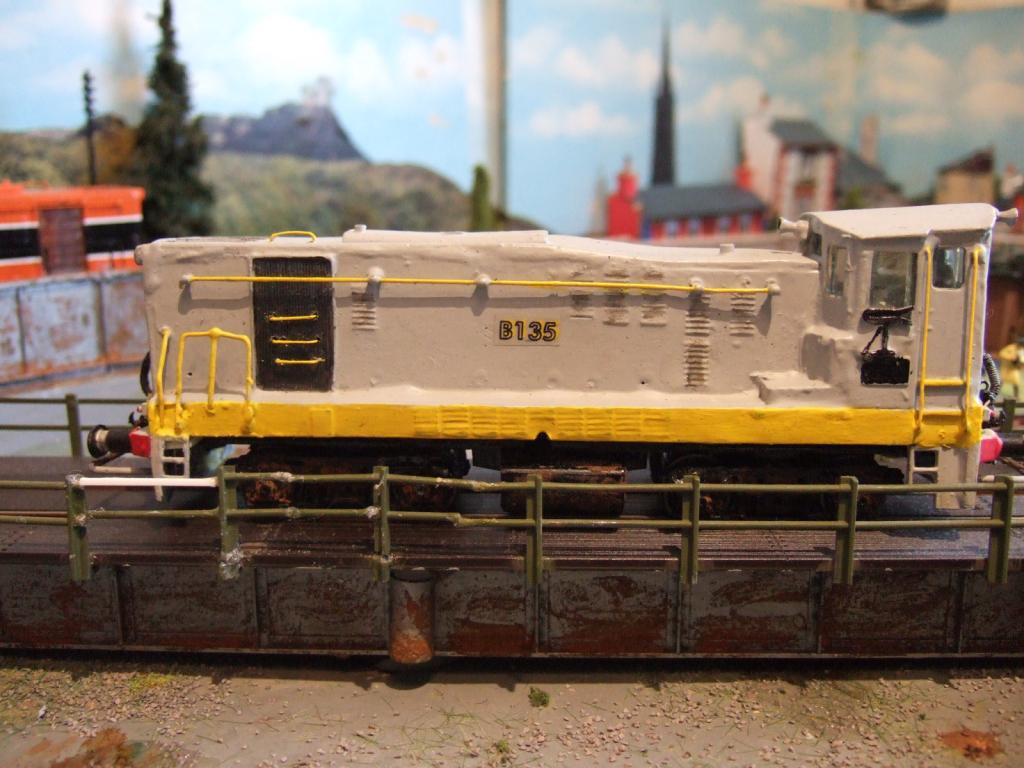

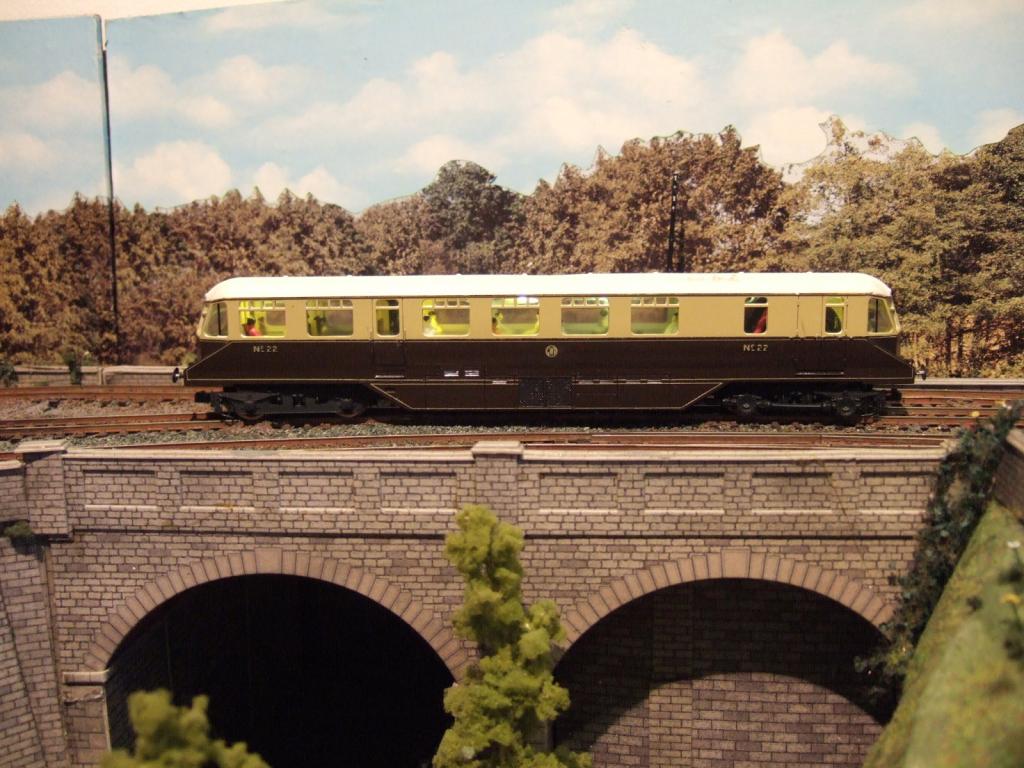
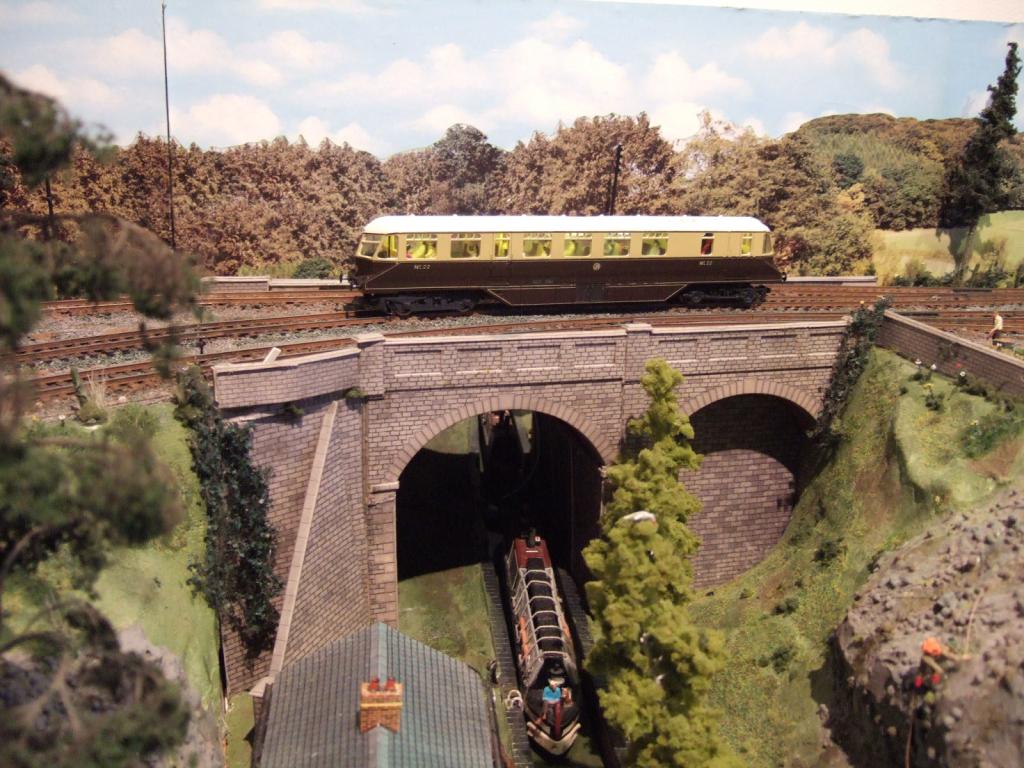


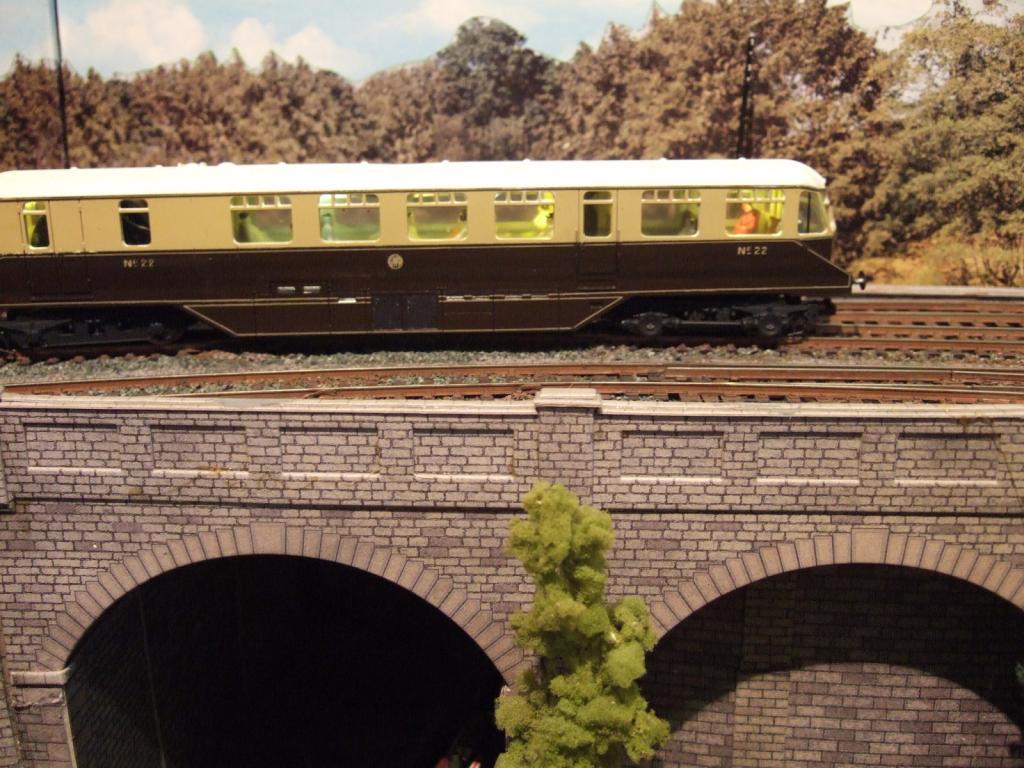
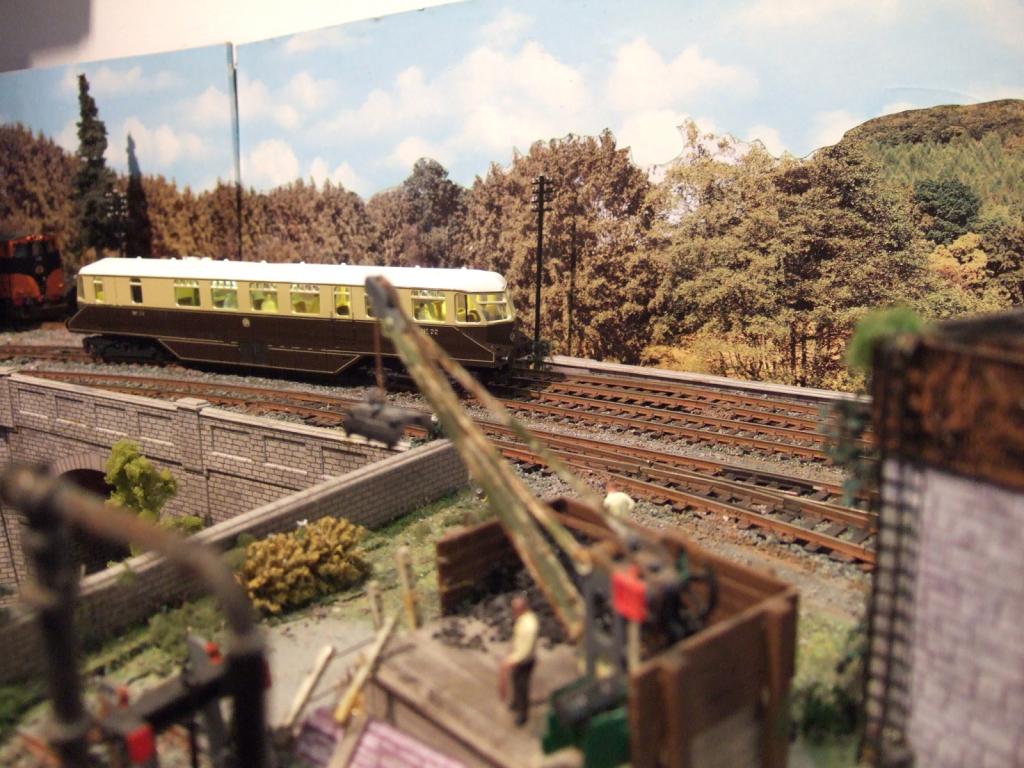

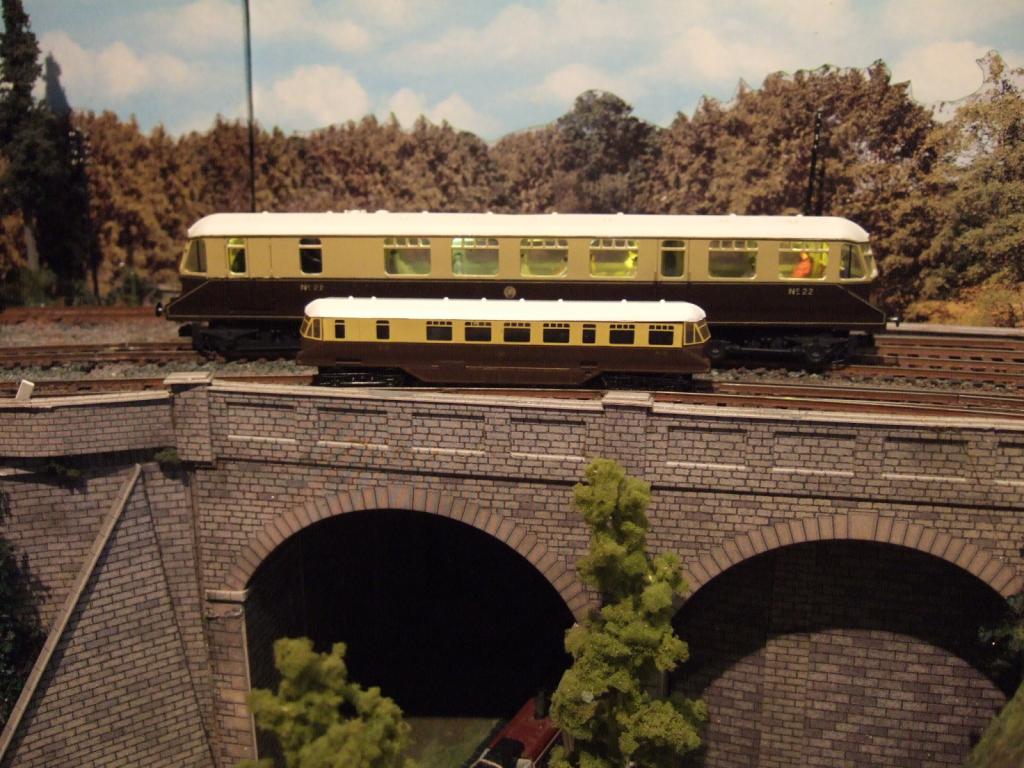
Macmine Junction
in Irish Model Layouts
Posted
Couple of photos of the cattle bank (Ratio)and wagons being unloaded on Ballybeg. Note that the cattle are now of the correct black variety! Also note the CIE Canvas Centre Van which was used uncovered when cattle were being transported (usually from West to East). The cover was replaced when the wagon was used for other goods (hopefully only after they cleaned it up well after the cattle)! The model is an Alphagraphix card kit on a Peco Wonderful Wagon chassis.